Summary
- Building roundabouts with larger roads decreases traffic flow issues.
- Connect service buildings with ample road space for efficient service coverage.
- Start small, plan carefully, and expand gradually for a well-managed city.
Cities: Skylines is one of the more popular city builders for fans of management and design, and for good reason. Hosting features as broad as road building and zoning, to mechanics as narrow as pathways, custom parks, and even having control over the architecture theme of their cities, it’s no surprise Cities: Skylines gets the player base that it does.
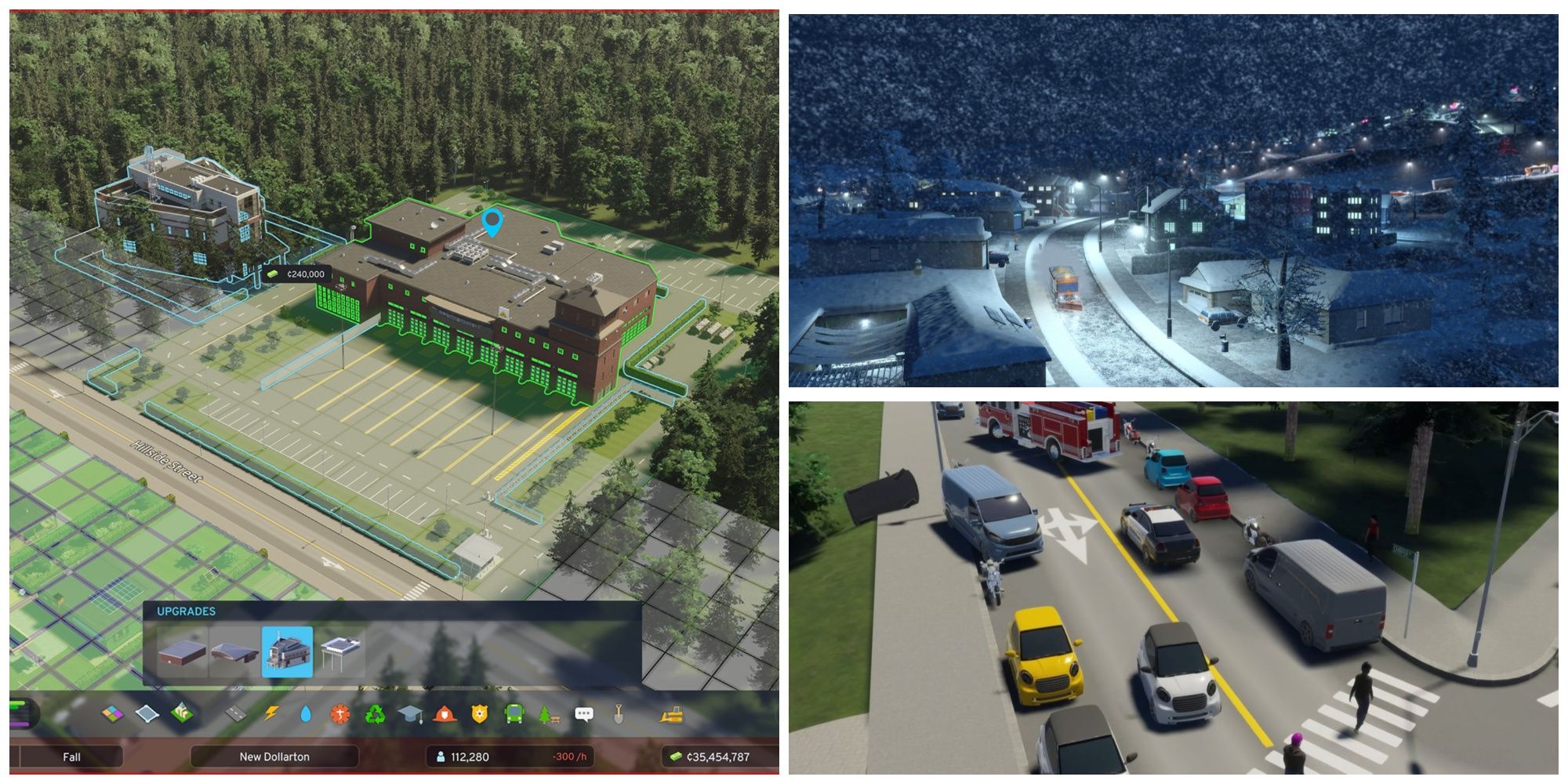
Related
Cities: Skylines 2 – 6 Improvements Over The First Game
The original Cities: Skylines proved to be an excellent city-building game, but Cities: Skylines 2 features some major improvements.
For players just starting, however, the amount of control and impact they have over their city can be more than a little overwhelming. This is especially true if they wish to build a city outside of Sandbox mode, as costs can add up remarkably fast and make it impossible to move on if they don’t turn a profit quickly. Because of this, knowing a few tricks to make their city efficient as early as possible can go a long way to making sure new players can get on their feet.
Updated January 5, 2025 by Rhenn Taguiam: With 2024’s Urban Promenade and Modern Architecture Creator Packs bringing the best creations (so far!) of Cities: Skylines 2’s playerbase to the game experience, fans of the title can finally add a bit more personal jazz to their dream cities. However, fans who want to experience the series in its infancy might want to try out Cities: Skylines.
Thankfully, newcomers to the title can follow some tips and tricks to ensure their overall experience doesn’t become too difficult for them – such as using dirt roads, building a small enough city to support infrastructure, and only pausing the game when building a profit.
1
Use Dirt Roads For Outside Roads
Take Advantage Of Simple Roads To Alleviate Traffic
|
Process |
If a road is not important to the city, go for a dirt road instead |
|---|---|
|
Effect |
They are great secondary roads as they have less upkeep and can move traffic faster |
Players who want to create their dream city might be tempted to just go straight ahead and create concrete roads for their growing cities. This seems like the practical choice, right? Why settle for anything less in a city that will become much larger in the long term? However, players might want to think twice before opting for a concrete road immediately, as dirt roads do have their slate of advantages when used.
At its core, dirt roads cost much less and even have much lower upkeep. They don’t create traffic lights, making them efficient for traffic. Moreover, roads automatically become eligible for upgrades once they populate their immediate area with Service Buildings, giving players the freedom of choice while still giving ample moving areas for their citizens.
2
Only Place Service Buildings When Needed
Don’t Spend On Something That Isn’t Needed
|
Process |
Place the minimum amount of Service Buildings needed in any given area |
|---|---|
|
Effect |
This avoids unnecessary expenditure, as the game will notify players about any lack of Services anyway |
Players only want the best for their citizens in Cities: Skylines, so it’s only natural for them to want citizens to just get to their Residential Zones and relax as everything’s covered. The instinct here is for players to position multiple Service Buildings across areas to ensure “maximum” coverage, but sometimes “maximum” coverage also implies maximum spending – something that can bankrupt the city quickly.
Players should instead consider putting off placing many Service Buildings across their city. Instead, players should place the bare minimum amount of Service Buildings they need at any given location. They shouldn’t be afraid of any negative effects, as the game will notify them if the Service isn’t reaching certain locations anyway – and it’s only when they receive this prompt that they should start expanding their Services. This will avoid unnecessary costs and maximize Service utilization.
3
Lay Off On The Roads
Roads Are Fun Except When They Start Costing The City
|
Process |
Only build roads when there are Zones and Service Buildings to place there |
|---|---|
|
Effect |
Fewer roads mean less maintenance and traffic risks |
Players who want their city to evolve into sprawling utopias as seen in a lot of pop culture media might be tempted to build roads “in advance” throughout their Cities: Skylines gameplay. If they’re going to be populated with Service Buildings and Zones, might as well prepare them for occupation, right?
However, this can do more harm than good. Players need to remember that roads also cost upkeep to maintain – which means unnecessary roads without any Services and Zones to keep them purposeful might cost the city. If players want to create road networks in advance, consider using dirt roads in the meantime to lessen maintenance costs and traffic risks.
4
Pause Only When Turning A Profit
Avoid Suddenly Emptying City Coffers
|
Process |
After placing basic Services, don’t pause until the city starts turning a profit |
|---|---|
|
Effect |
This avoids unnecessary expenditure without the city running to help recoup the losses |
Given how Cities: Skylines offers players the means of pausing their game at any time, it’s tempting to just pause the session while building the rest of the city. However, this can become rather disadvantageous to the city as a whole – especially if players don’t have a lot of ideas about where they’re going with their construction. If players build while the game is paused, it’s easy to spend the entirety of the city’s budget on non-essentials without having the right kind of infrastructure, tax collection, and other credit-building practices to generate profit. This can result not just in loss of income but unnecessary loans.
Instead, players should keep the city running after placing their first Service Buildings and Zones. This way, players can see the city trying to recoup their losses after their initial construction. The sight can also motivate players to pay closer attention to how their city’s budgeting works so they can avoid overspending.
5
Roleplay And Make Mistakes
Cities Didn’t Start Perfect
|
Process |
Play according to a theme or a premise |
|---|---|
|
Effect |
Players can learn from mistakes as they happen and adjust to them, like in real-life |
Whereas city simulations like Cities: Skylines gave players a means to “create” their perfect vision of a city, the real world didn’t have this kind of luxury. Historically, the first cities were born from the consideration that nomadic peoples of the time could settle in a location due to agriculture. It’s only through the evolution of society that other kinds of cities were built, such as those near trade routes or other resources. Such an approach could be perfect for a city-builder’s first Cities: Skylines settlement.
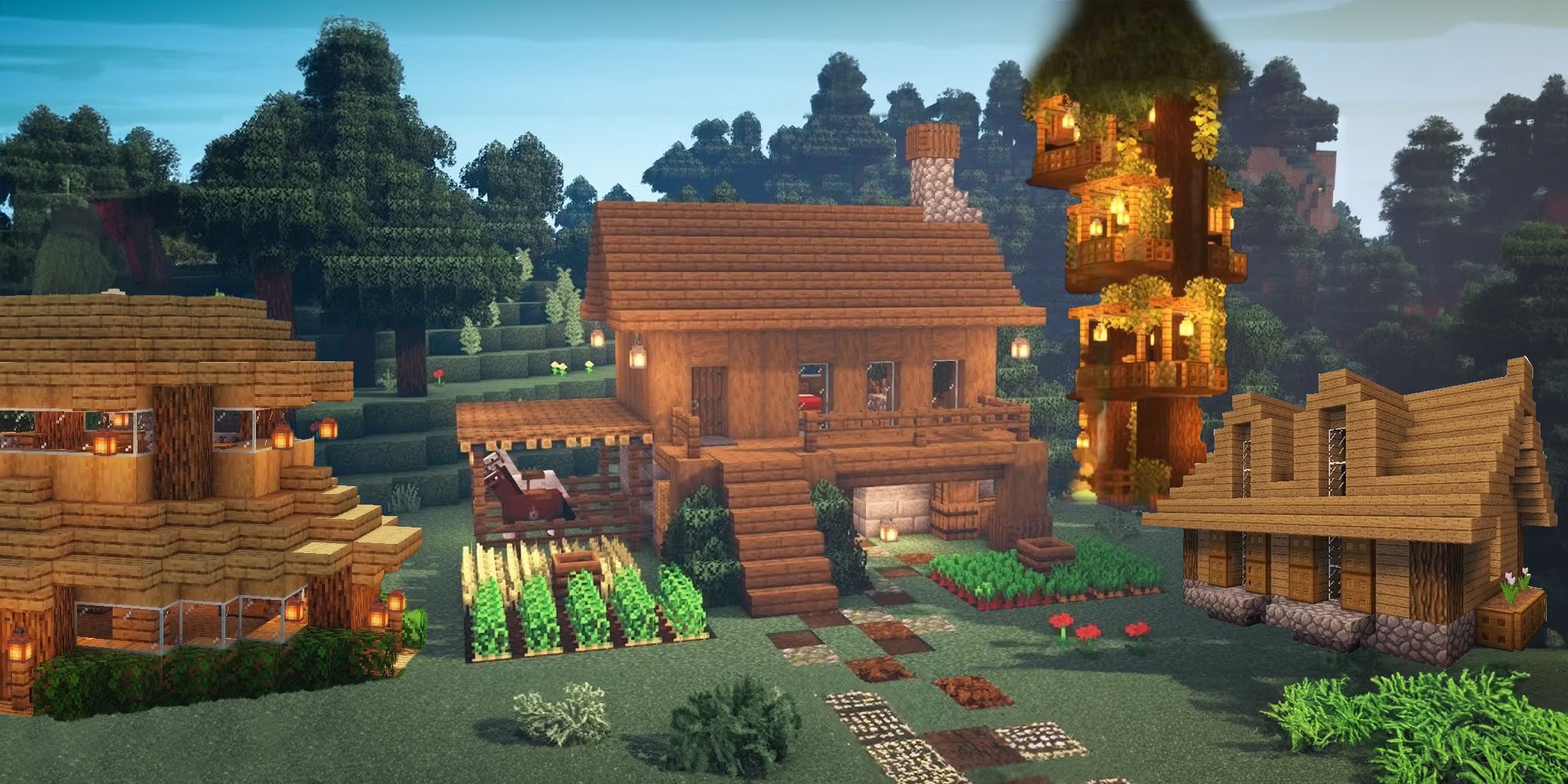
Related
Minecraft: 20 Easy House Design Ideas For Beginner Builders
The sky is the limit in Minecraft, but building houses come with a learning curve. What are some designs that beginners should try?
Beginning with a theme allows players to “recreate” what it was like for small towns to develop into sprawling cities. Perhaps a town near a lake or the ocean can rise to become a coastal city, with players slowly investing in cargo by sea as a major source of income. In this playthrough, players should treat “setbacks” such as lack of resources or major incidents as part of their city’s history, allowing them to understand where exactly they went wrong instead of just starting with the “best” tips without knowing their context.
6
Careful With Using Roundabouts
Roundabouts Become Disastrous When Mismanaged
|
Process |
When building roundabouts, consider using larger roads instead of smaller ones |
|---|---|
|
Effect |
The larger the roundabout, the less cars have to slow down |
It’s always interesting to see a roundabout in a city – seeing all those cars just line up, going in a circle, and going their separate ways depending on what other roads are connected. In turn, one can’t blame a player for wanting an excellent roundabout in their city as well – except roundabouts can become a disaster for players who don’t know how to manage them properly.
For starters, smaller roundabouts force cars to go slower more frequently, making more of them line up in the roundabout instead of moving their separate ways. The smaller the roundabout, the more severe the decrease in traffic flow, increasing the potential of causing traffic jams.
7
Consider Coverage Areas Of Services
Give Ample Space For Services To Travel
|
Process |
Make sure roads around Service Buildings have ample space for vehicles to travel |
|---|---|
|
Effect |
Services with vehicles can travel around the city, but only if they have a road to travel on |
A common misconception when developing a city in Cities: Skylines is that the coverage area of Service Buildings denotes the only area where their vehicles can travel. This isn’t necessarily the case – instead, Services with vehicles can travel the entire scope of the city. It’s just that a coverage area exists for the purposes of leveling up buildings, which helps increase their tax income.
With this logic in mind, players should make sure that Service Buildings with vehicles always have ample roads to travel on so they can reach other areas of the city more efficiently. Service vehicles can’t go to locations with one-way roads, no connecting roads, or with damaged roads.
8
Get Public Transportation As Soon As Possible
Understand The Best Public Transportation For Distance
|
Process |
Consider investing in Trains, the Metro, and Buses |
|---|---|
|
Effect |
Despite their cost, the speed of these Public Transportation methods makes them optimal for growing cities |
The development of public transit allowed residents of large cities to reach destinations that would take them too long using conventional means, decreasing the need to use private vehicles. In Cities: Skylines gameplay, using Public Transportation allows players to reduce the time citizens spend on the road. However, their high costs mean players have to decide carefully to make worthwhile investments. Here are three major considerations:
- Trains: Similar to how Cargo Trains are often used to transfer goods across large distances, Passenger Trains are best created when moving passengers from one part of the city to another much farther location.
- Metro: Underground Metro Stations are great options for populated areas as their rails are built below the city, making them ideal for transferring passengers from one city section to another.
- Buses: Perhaps the most common Public Transportation method, Buses are cheap to make and are the first option available to players. It’s best to build Bus Stops and Bus Lanes across short distances to connect short areas and districts.
9
Try To Connect Commercial To Residential Zones For Walking
Accessible Zones Can Make People Skip Public Transportation
|
Process |
Add Commercial Zones near Residential Zones to encourage walking |
|---|---|
|
Effect |
This skips the need to drive to locations as needs are already accessible |
The existence of different Zones in Cities: Skylines can motivate players to group clusters together so everyone is neatly placed according to categories. However, while this can work in a factory sim, having to manage a population means it’s detrimental for the city-builder to have Residential Zones so far away from a regularly visited location such as Commercial Zones.
Players can simply add Commerical Zones between Residential Zone clusters or even cornerstones within neighborhoods to avoid this predicament. This way, people are encouraged to walk towards these shops instead of taking the car or public transportation. Visually, seeing vibrant commercial buildings coexisting with simpler homes can add a flair of “disorganized realism” to a city.
10
Appreciate The White Space (Parklife DLC)
Feel Free To Space Things Out For More Versatility
|
Process |
Space things out when expanding Zones |
|---|---|
|
Effect |
This gives room for extra transportation methods, walkable roads, and white space with greeneries |
Even some of the world’s best cities don’t follow an extremely ordered layout for all of their districts, which adds a layer of developmental realism to their appearances. When applied to Cities: Skylines gameplay on a technical level, this is often associated with spreading out Zone development across vast regions even if it means having “white space” with forests and greeneries between locations.
However, just because areas in the city-building game aren’t “full” doesn’t mean they’re underdeveloped. For instance, having large “blank” areas in between Zones could be dedicated to bypass zones, railways, and even parks for extra green space. In updates like Parklife, areas for parks and similar recreational locations can add benefits to the overall temperament of citizens.
11
Attach Stations, Not Tracks, To The Starting Track
This Helps Avoid Clogging Traffic
|
Process |
Connect Stations to the pre-existing starting track instead of simply dragging the main tracks to them |
|---|---|
|
Effect |
This avoids the problem of clogging transits, especially since the pre-existing tracks are dedicated to incoming tourists |
Trains can dramatically improve the traffic efficiency of a player’s Cities: Skylines playthrough, making it tempting to switch the city’s main public transportation tracks to the pre-existing track that comes with the city. However, players should avoid this in the city builder game, mainly because the pre-existing track attracts incoming tourists and cannot be controlled by external factors.
If players connect their major lines to this pre-existing track, it will likely clog their entire traffic system. Instead, players may want to attach stations to the original track with “Allow intercity trains” activated in the settings. This helps tourists make more efficient exits across the city, and trains can skip the station if tourists don’t plan on making stops there.
12
Bulldoze When There’s No Way Out
Short-Term Impact A Necessary Risk For Management
|
Process |
Bulldoze irreparable parts of a city |
|---|---|
|
Effect |
This avoids unnecessary spending and time wasted in the long term |
While a bulldoze tool is technically available in Cities: Skylines gameplay to allow players to remove entire parts of a settlement in the city-builder, players may feel invested in their existing city to even consider using it far into a playthrough. This is especially the case when the city in question is already deep into its development cycle. In these stages, an “error” in one part of the city could be solved by simply building around it.
Although this option is technically available for players, it can waste time and valuable resources to “correct” a problematic part of the city. If players feel like a part of a city is becoming too much of a drag for their efficiency, it’s technically possible to start that segment from scratch by bulldozing them. Granted, this part of the city will likely cause problems for the overall functionalities of the city as a whole. However, this problem becomes a short-term issue should players manage to build the bulldozed part of the city in exactly the way they wanted to, instead of building around it with a bandaid solution.
13
Spread Zones When Planning
Skip Traffic Congestion With Spread-Out City Segments
|
Process |
Separate the same Zones from each other during city expansion |
|---|---|
|
Effect |
Avoids congesting traffic towards relevant Zones |
Players who want to approach their city-building experience more practically should consider spreading their Zones’ frequency across different areas. While the game seems to imply that it’s more useful to keep clusters of the same Zones together, grouping different types of Zones might be more practical for players of Cities: Skylines in the long run. This is because certain Zones also have particular traffic demands.
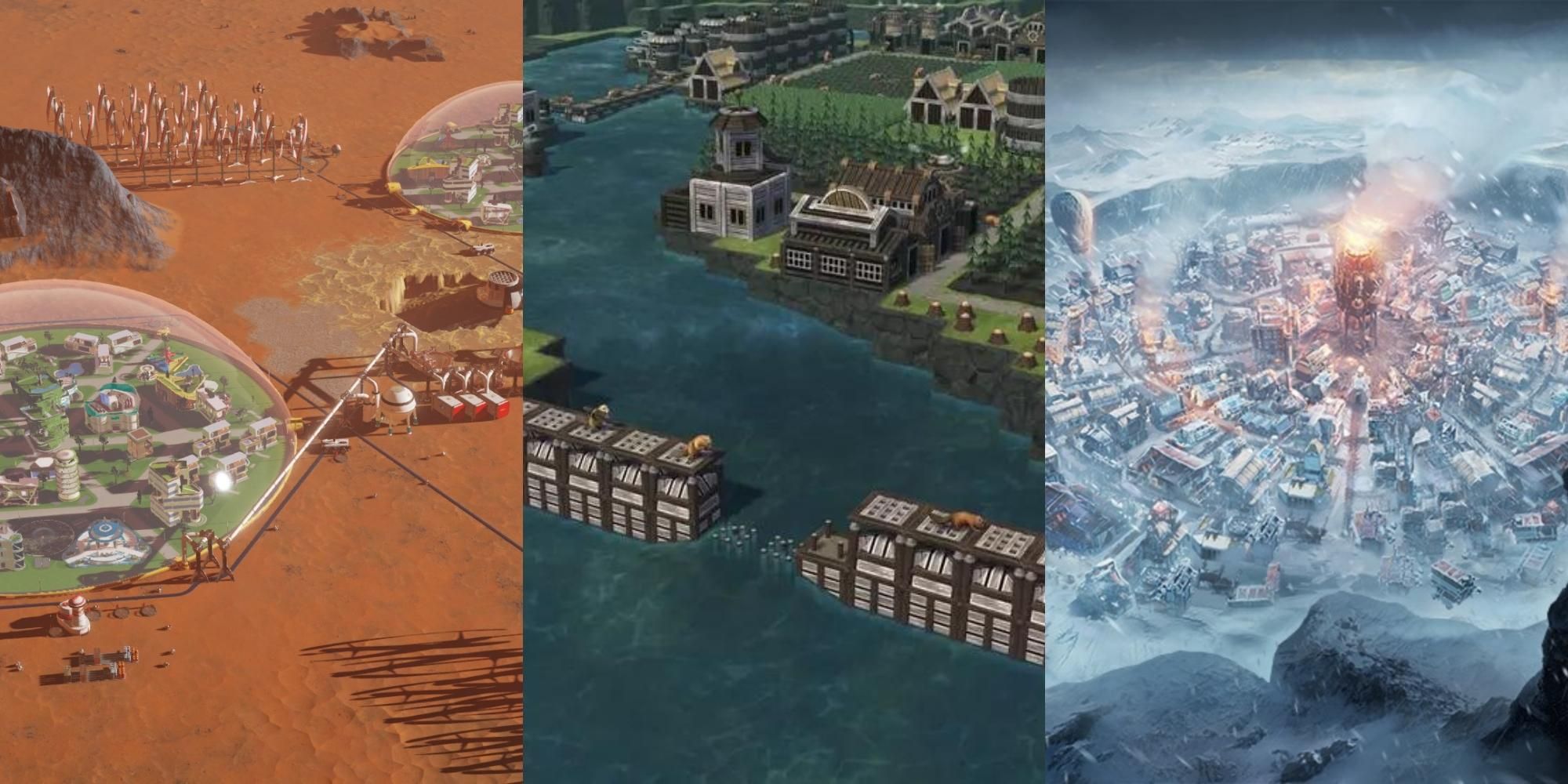
Related
11 Most Complex City Building Games
While players love the relaxing yet challenging game genre of city builders, there are some that have the most complex system and worlds.
For instance, grouping all Industrial Zones in a single area means focusing all traffic to these Zones within a single route. This can be a nightmare for large cities and cause significant delays in the flow of supply and demand. An alternative option for players would be separating Industrial Zones into “pockets,” which they can then place close to Commercial Zones and other city features to mitigate pollution levels.
14
Stick To Grids
Grids Make Services Easier To Control
| Process | Stick to grid roads when dealing with city centers |
|---|---|
| Effect | Services become faster to reach |
Thanks to the versatility of Cities: Skylines gameplay, players can enjoy creating complex road networks that replicate traffic in real-life cities. However, players trying Cities: Skylines for the first time may want to stick to grid-based road building, especially when it comes to basic transportation.
The game is still programmed to help cars travel the fastest with the basic square layout, making it the most optimal way of transporting not just people but services around the city. In turn, grid-like road setups become more ideal closer to the city center and areas where services are likely to be found, guaranteeing access to needs and commodities that can maintain citizen satisfaction.
15
Pause To Plan
Take As Much Time Before Starting The Game
| Process | Pause the game to plan the basic layout of the city |
|---|---|
| Effect | This makes the first parts of the ready for citizens without them rushing the player for services |
While it’s exciting to see citizens start popping up and setting up their houses in the player’s first few Residential Zones, they may start getting overwhelmed when citizens start demanding services players have yet to set up. Relenting to this panic may have players slip up and haphazardly build various Zones in unideal places, where removing and renovating these locations later on can prove dangerous to a city’s overall layout.
To avoid this long-term disaster, players should pause the game at the very start of their playthrough. That way, they can start laying out the basic plan of their small city and avoid bankrupting their treasury. Players do need to stay wary of their depleting funds (see Tip #4), as keeping the game paused won’t collect taxes and funds from citizens who move in. With the right planning, players can at least have a gist of how large of a town they want to work with before expanding.
16
Water Is Powerful
Take Advantage Of Minimum Supply, Demand
| Process | Set Water to 50% Cost, 25% Service, and increase as Demand rises, only to build more Towers and Pipes at 100% Demand |
|---|---|
| Effect | This can save up budget while coping with increasing demand |
As with other city simulations, Cities: Skylines sessions also rely on how players secure an abundant supply of Water and Power to ensure their city’s survival. However, while it’s always safe to provide cities with multiple Water Towers and Water Pumping Stations, players shouldn’t get overboard and waste their budget with the prospect of over-supplying their citizens. In fact, small-scale cities should likely survive with a single Water Tower and Water Pumping Station pair.
A good rule of thumb for newcomers to Cities: Skylines is to set their Water to 50% Cost so it only provides 25% Service. Players should only increase the budget in the upsurge of demand, and only create more Towers and Pipes as soon as they reach 100% Demand. Even then, players should still opt for the 50/25-and-up whenever they expand, and only stop once they feel they have a large enough city.
17
Farming, Forestry Industries Make Good Buffer Zones
Commercial Zones Are More Tolerable Of Pollution
| Process | Place Farming and Forestry Industry Zones in between Commercial Zones and other Industrial Zones |
|---|---|
| Effect | Less risk of alienating and annoying Residential Zones when building crucial Industry Zones |
When players start expanding their Cities: Skylines city, they may end up having trouble placing their Industries as these income generators also tend to produce Pollution that can greatly affect Land Value and Citizen Happiness. However, should players think there’s no choice but to place an Industry Zone beside a Commercial or Residential Zone, they should consider creating either a Farming Industry or a Forestry Industry.
At its core, both Industry types only produce Noise Pollution and may not need the Natural Resources associated with them, courtesy of importation. In turn, these Industry types become ideal “buffers” between more hardcore Industry Zones and busier Commercial Zones. Instead of placing Farming/Forestry areas near Residential Zones, they’re best placed beside Commercial Zones as the latter are more tolerable of the Noise Pollution these Industry areas produce.
18
Always Start Small
Build Towards A More Manageable Area
| Process | Start with an enclosed, small space when creating a city |
|---|---|
| Effect | This secures the sustainability of a whole area before expanding into new locations in the city |
While players who look at their Cities: Skylines playthrough may realize just how large the game’s maps are, newcomers should remember that they’re not pressured to fill in all these areas as soon as possible. Granted, sprawling cityscapes where each area has a purpose look awesome from above, but a realistic city doesn’t always start with its long-term vision planned down to a tee.
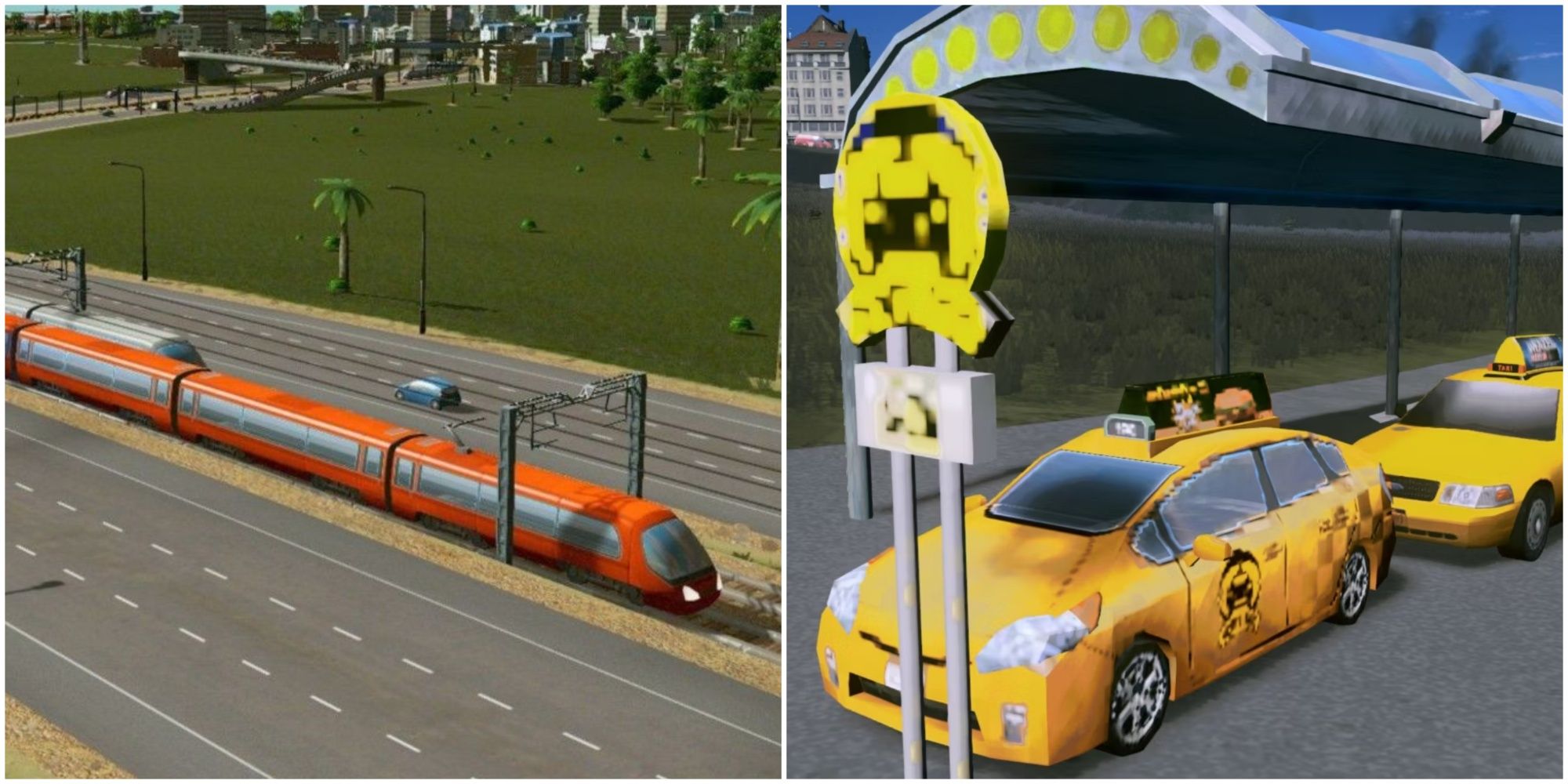
Related
Cities: Skylines 2 – Best Public Transport
Public transport systems are needed for a Cities: Skylines 2 city to thrive. Here are the best ones players should consider building.
In that regard, newcomers may want to start their city small and ensure a city pocket is functioning perfectly before trying to expand. That way, players have much tighter control of all aspects of a city and remedy inconveniences before they bubble into catastrophic mistakes. While the endgame vision of the city may seem messy, players can look at any area in their location and understand exactly how they work with the rest of the map.
19
Use Real Life Inspirations
Capitalize On How Real Cities Thrive
| Process | Study certain parts of a favorite city to see how they can be applied to the game |
|---|---|
| Effect | Aside from paving the way to more efficient cities, trying to replicate a city’s structure may reveal why certain aspects of it aren’t working in real life |
Players having a hard time pulling off their vision of an ideal city may want to try techniques that work in most cities. However, instead of looking at a gameplay guide, players may want to go local and look at real-life cities for inspiration. Remember, much of the mechanics of Cities: Skylines are based on how cities in the real world work.
For instance, players who choose a desert map may want to look at Dubai for inspiration, whereas Rio fits a more tropical setting. Likewise, players can observe what makes certain functionalities in other cities ineffective and adjust their cities accordingly. For instance, Istanbul and Moscow are said to have some of the worst traffic in real-world cities, so players may want to study how to adjust their traffic mechanics and roadworks to avoid a similar encounter in their dream city.
20
Tackle One Problem At A Time
Trying To Tackle One Problem Usually Reveals A Root Source
| Process | Adjust city settings one at a time regardless of how it affects other problematic areas |
|---|---|
| Effect | Players who eventually tackle one problem at a time for a city may trace a root problem-maker they can adjust to avoid the same problem in the future |
Growing metropolises in Cities: Skylines will likely experience some problems sooner or later, such as city simulation traffic or lack of water and electricity in some areas. Unfortunately, some problems in the game have the chance of appearing simultaneously, and trying to solve everything as fast as possible only seems to worsen the situation.
When players encounter multiple problems at a time, the best way of tackling the problem is to solve it one at a time and adjust settings to the city regardless if they worsen the other problems that need to be solved. Players can continue this cycle until they notice some specific settings that are affecting multiple aspects of the city that they might not be noticing unless specifically checked.
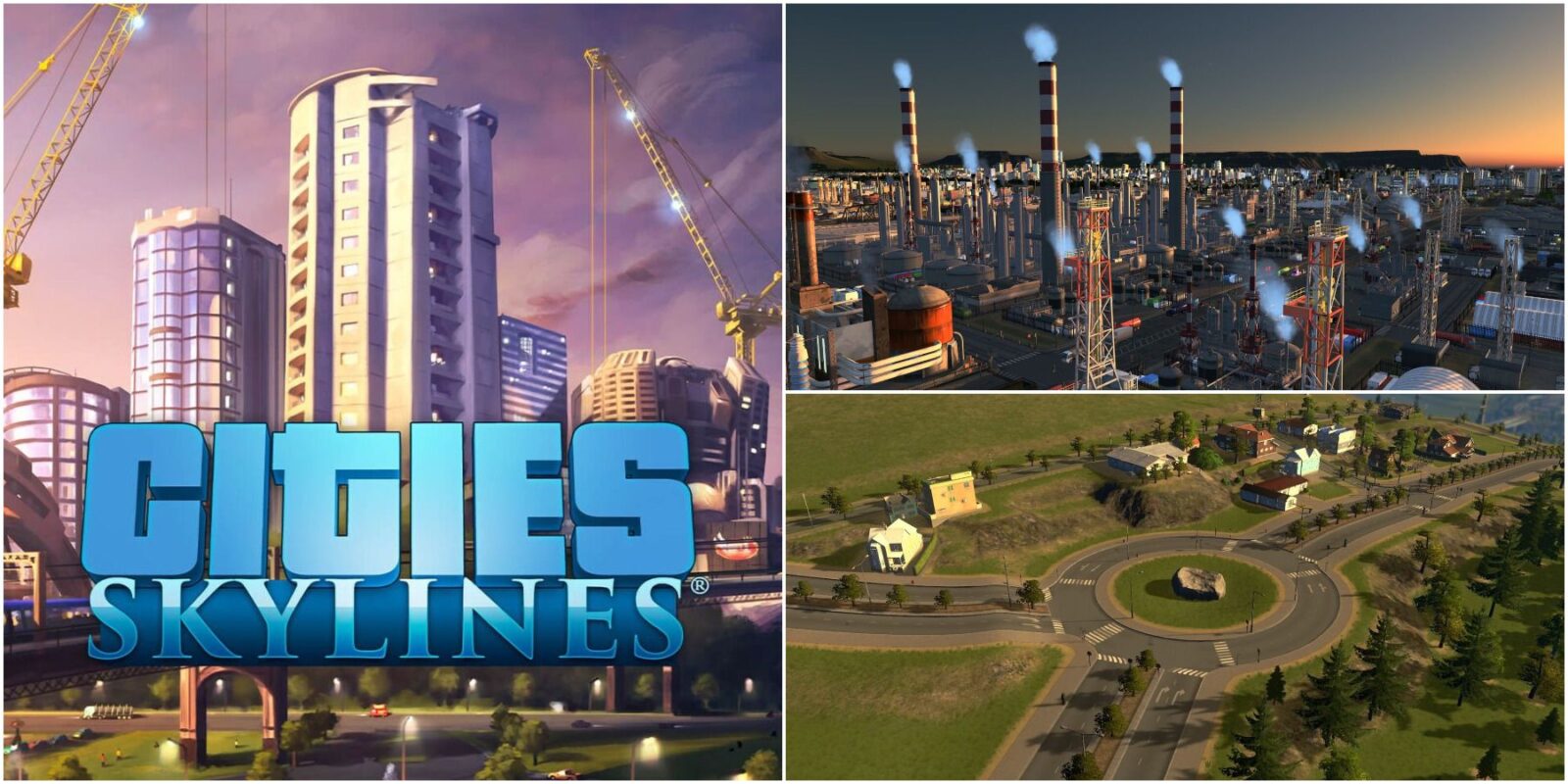

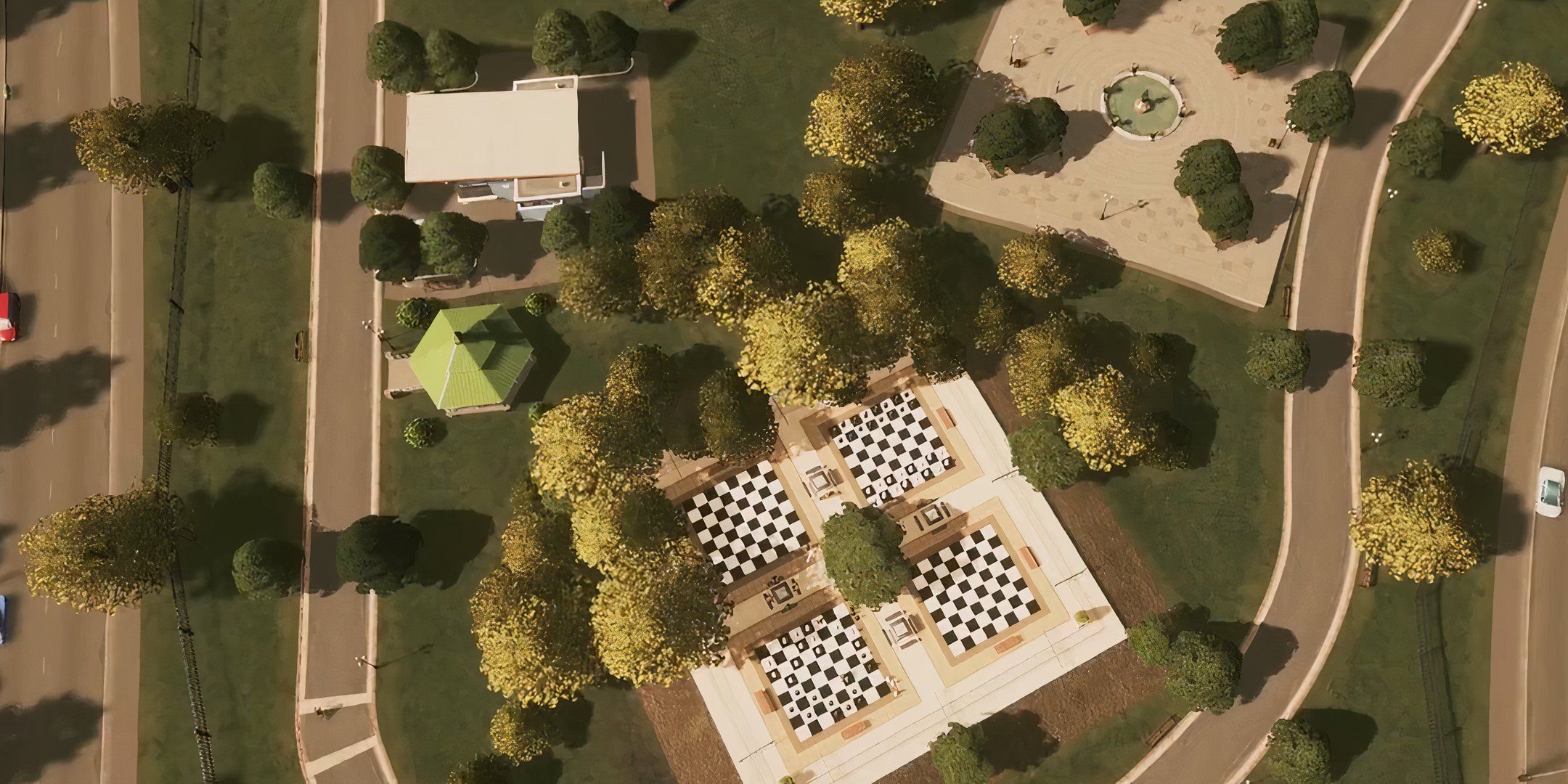
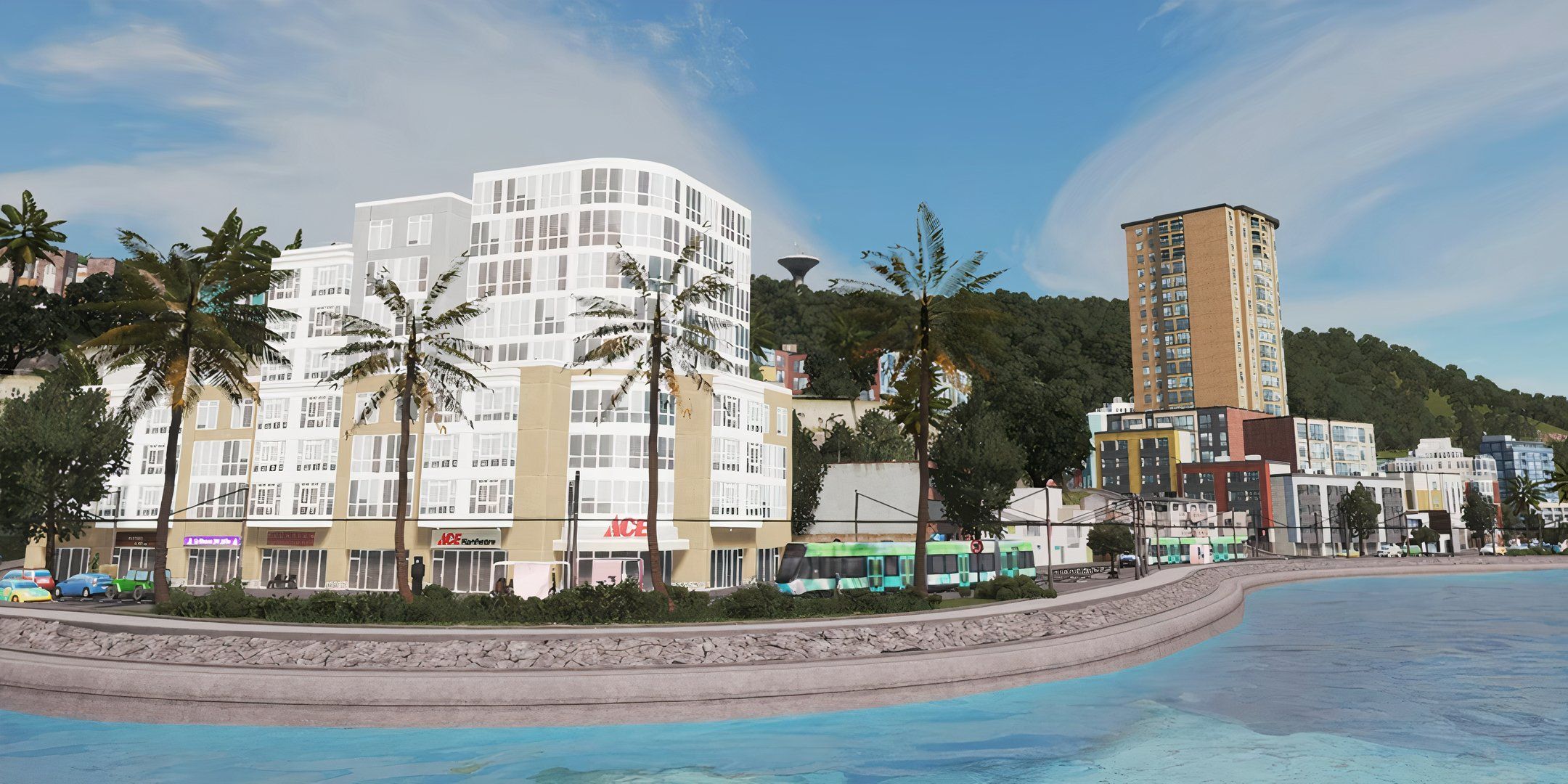
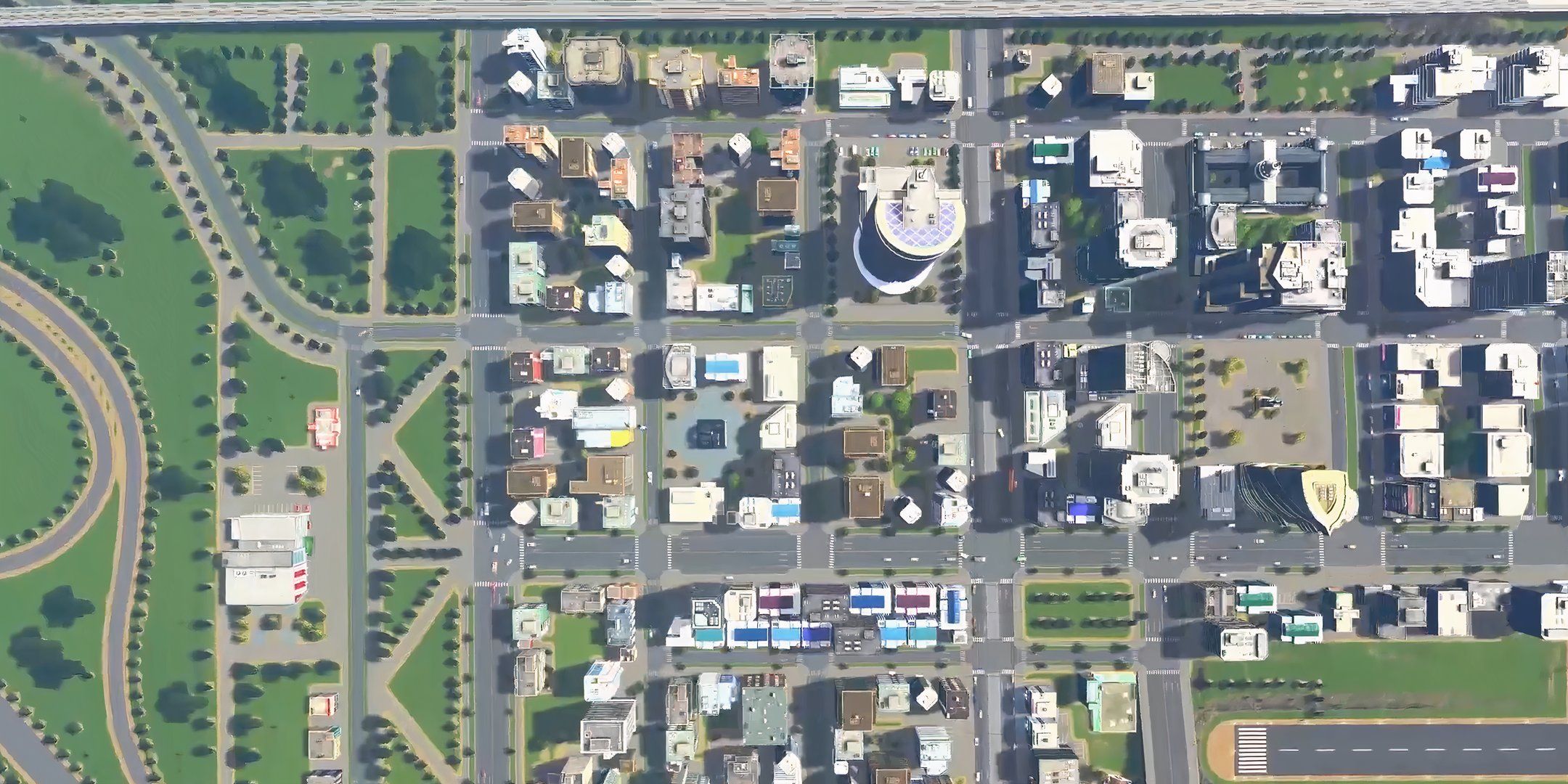
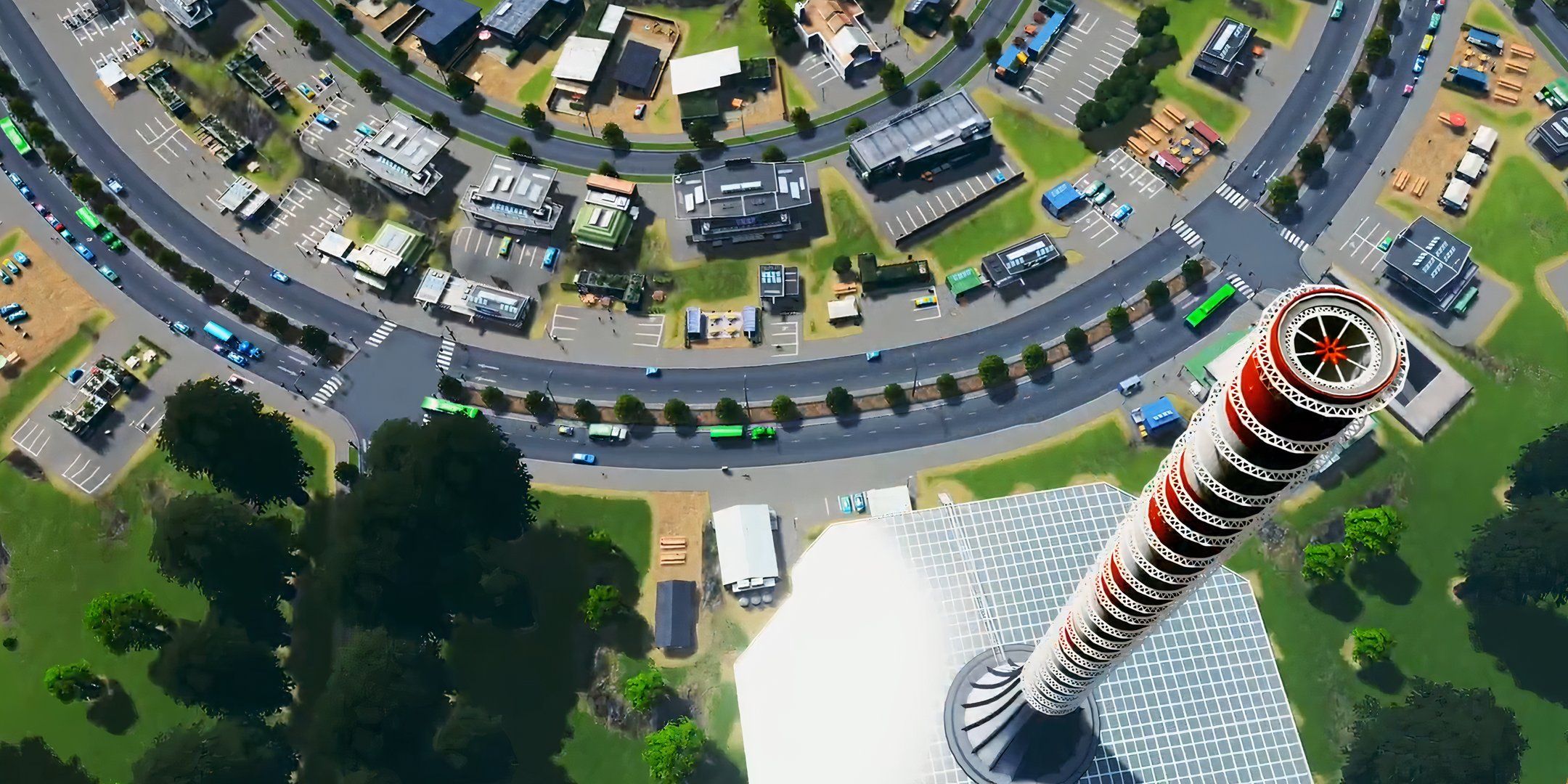
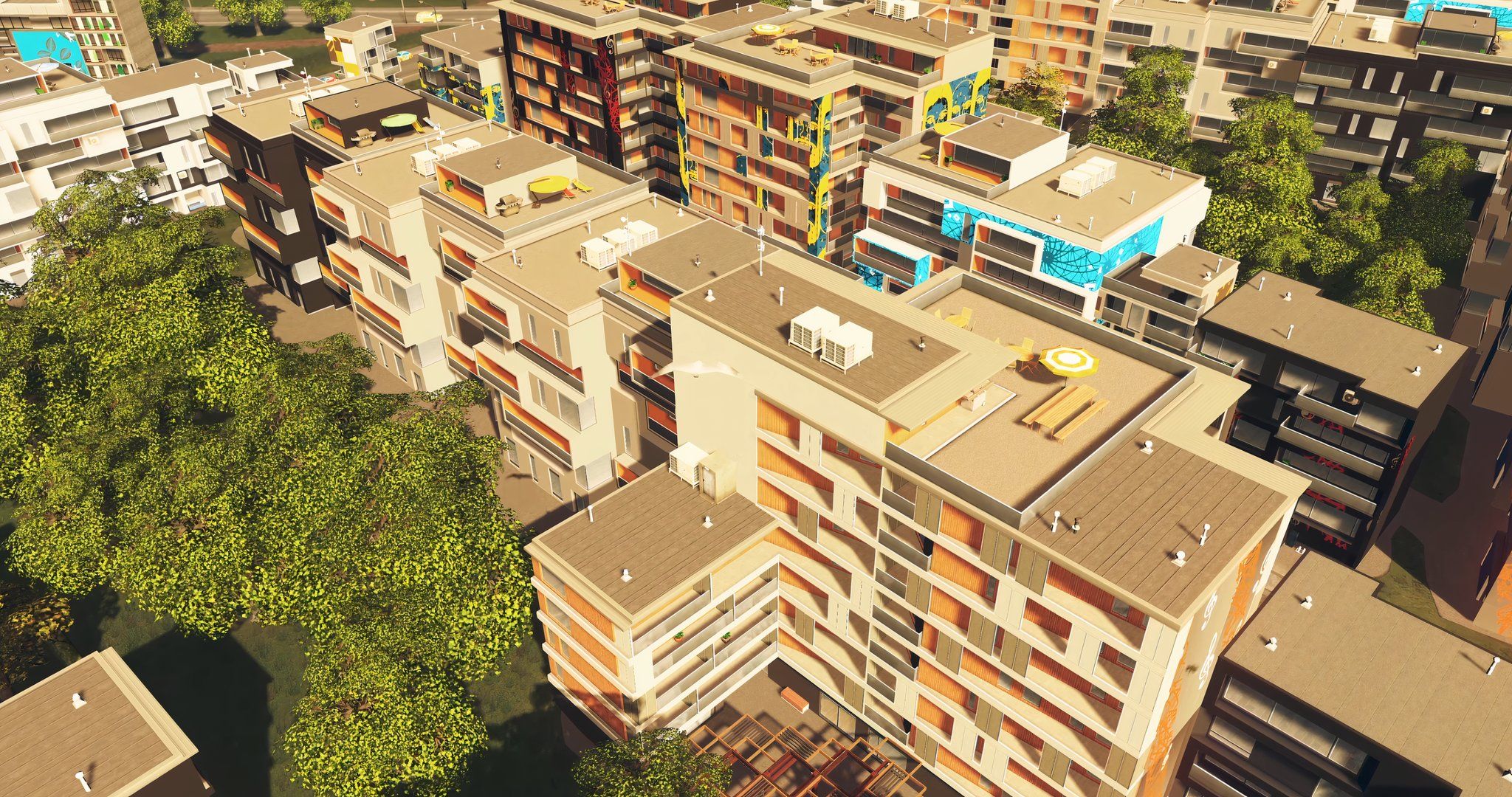
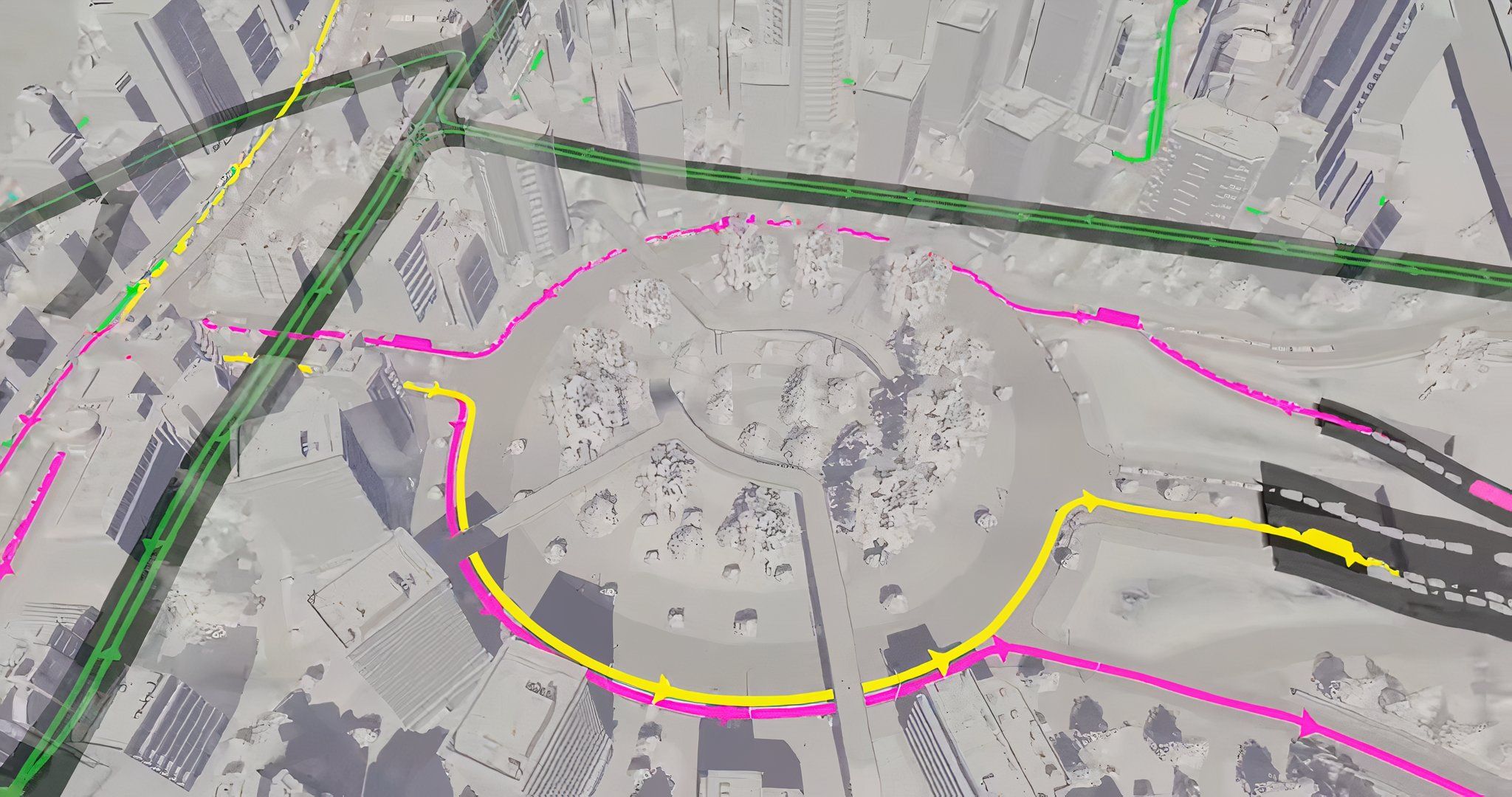
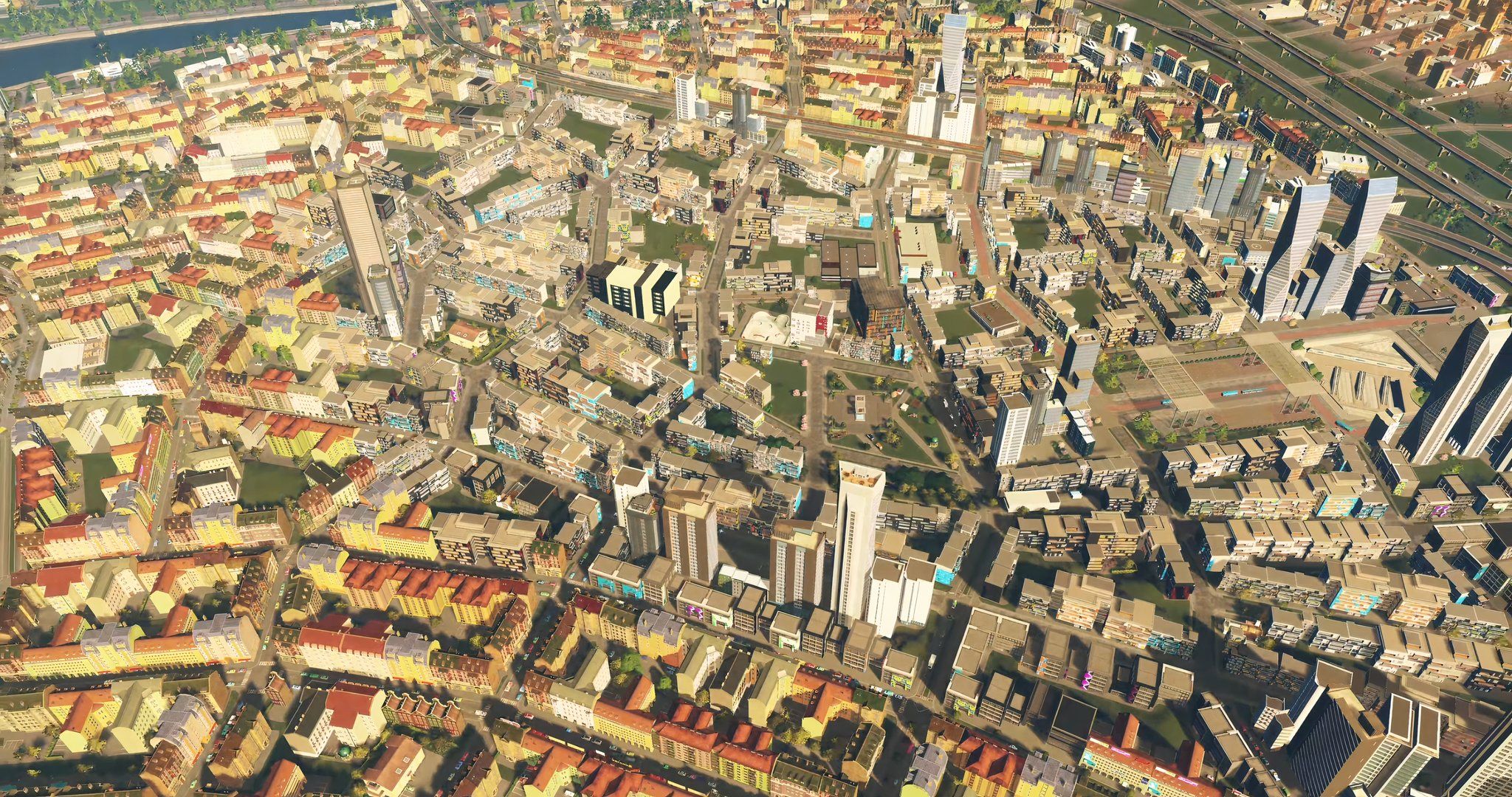
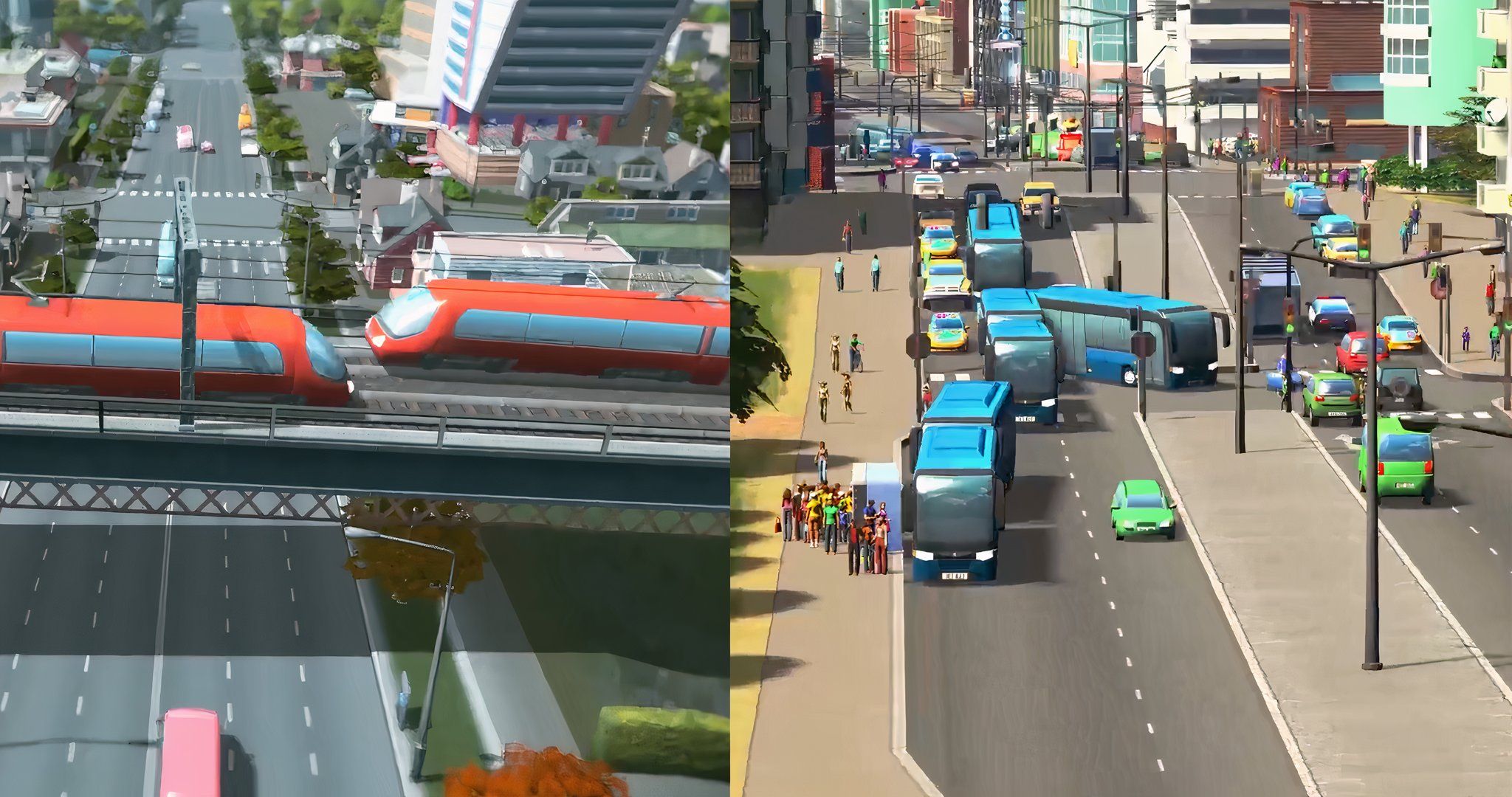
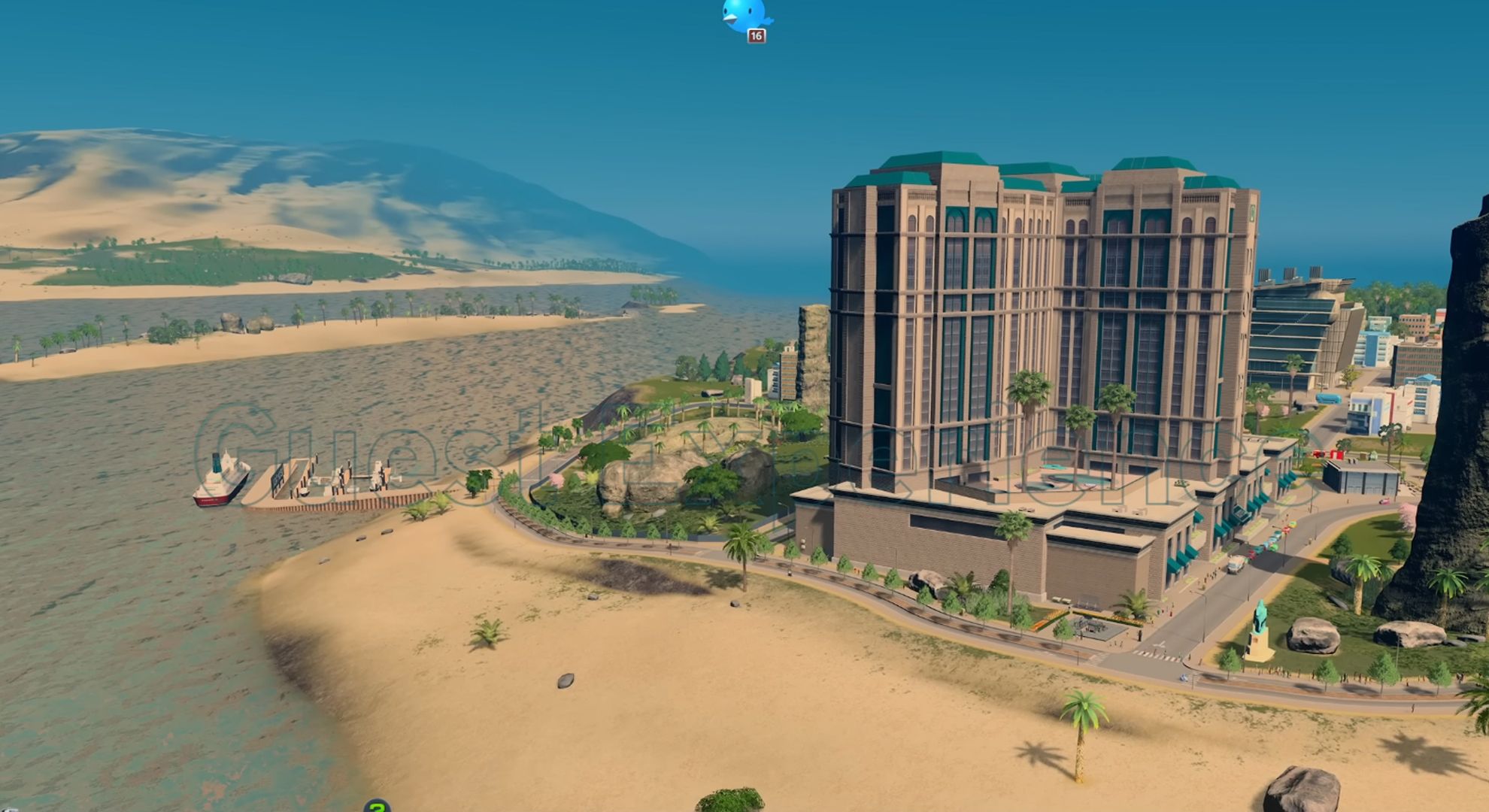
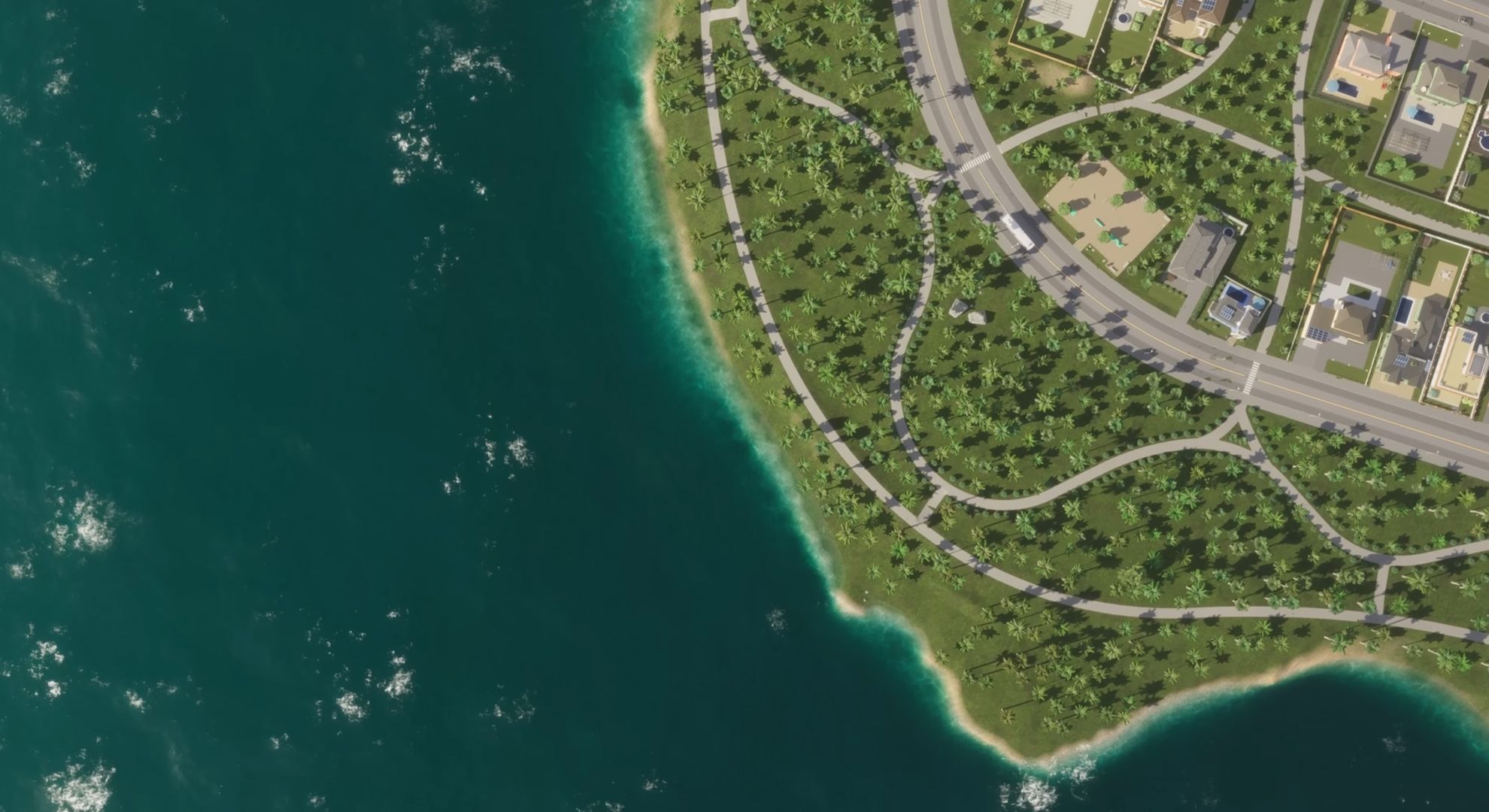
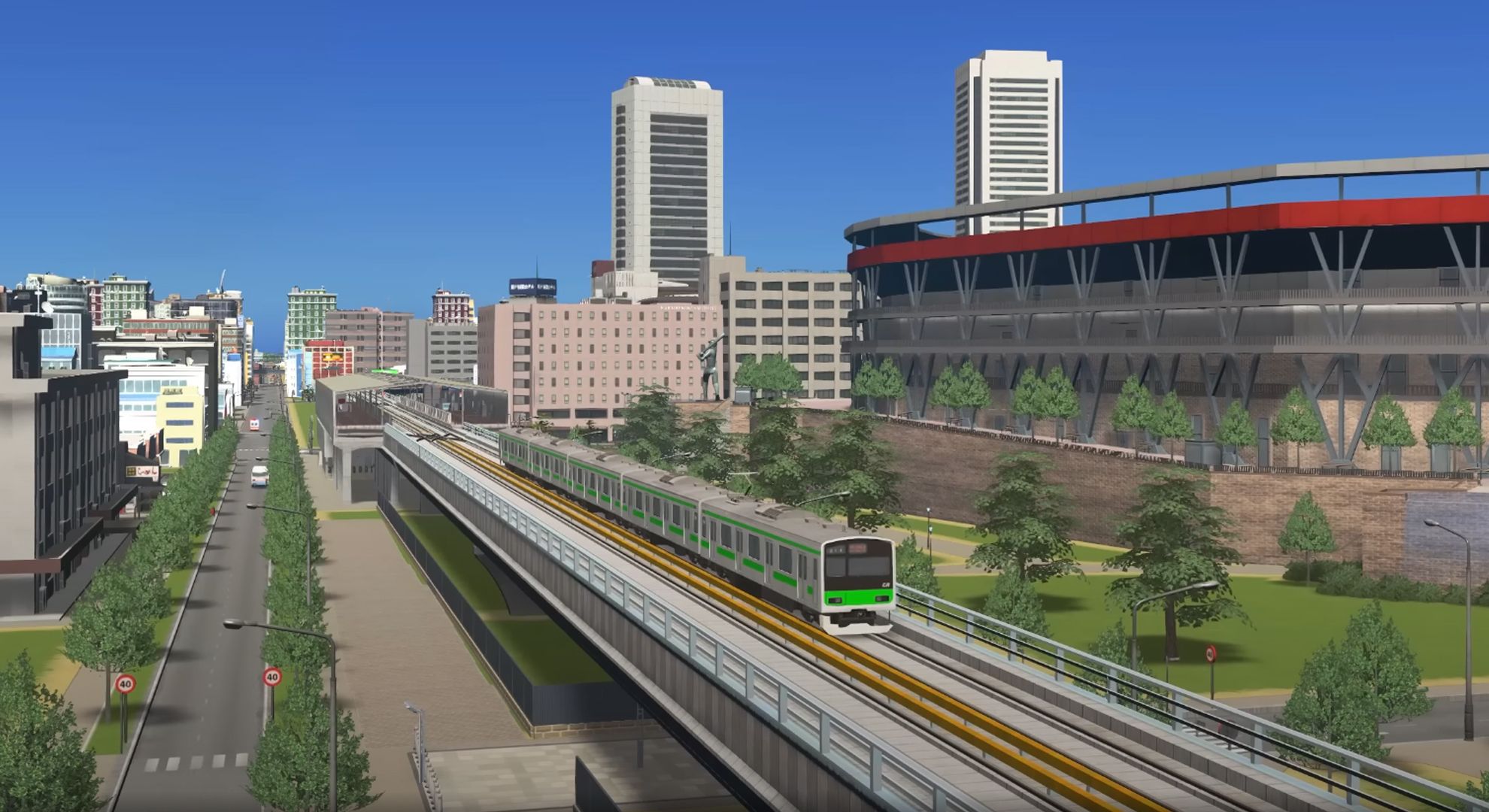
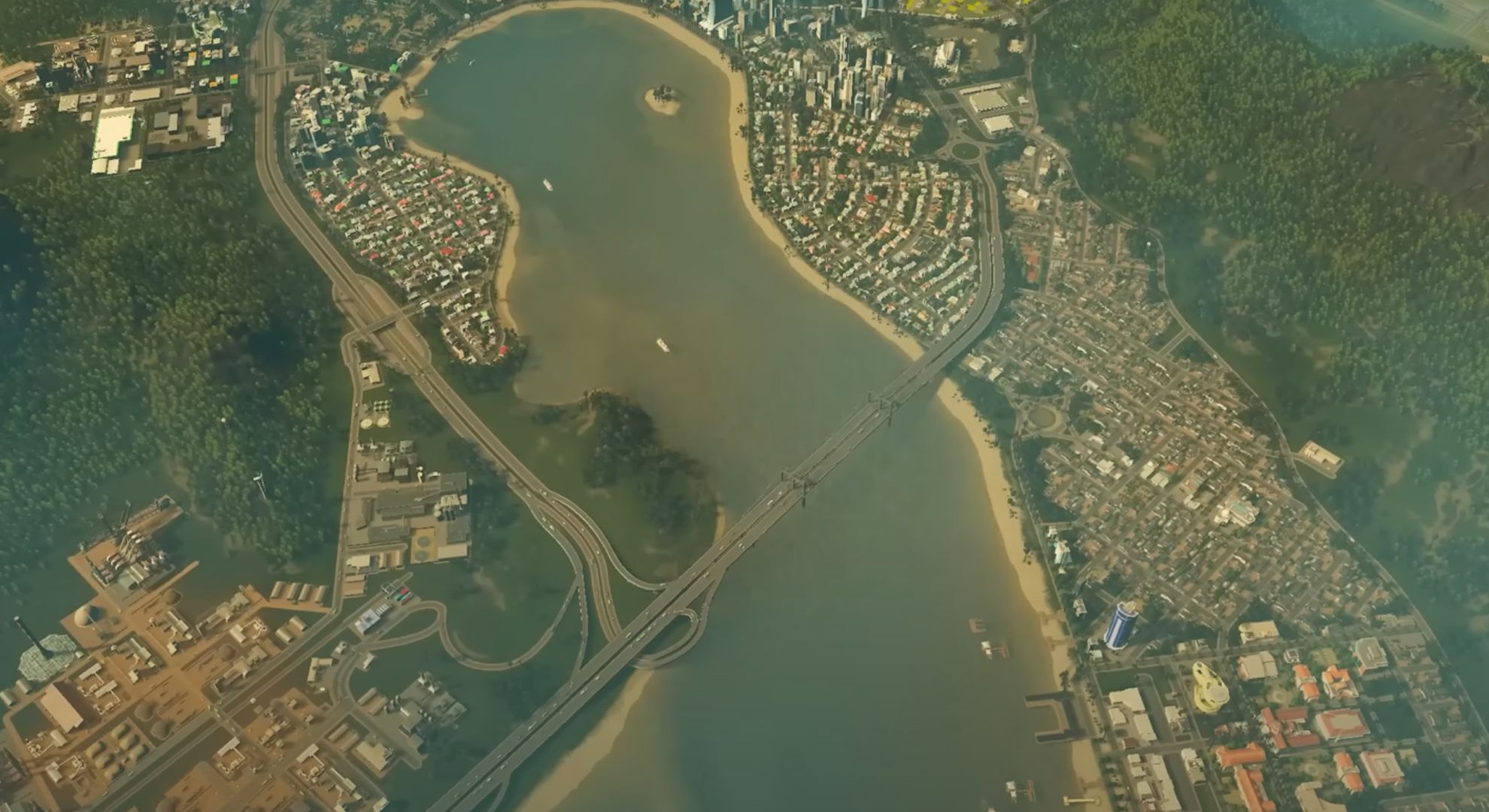
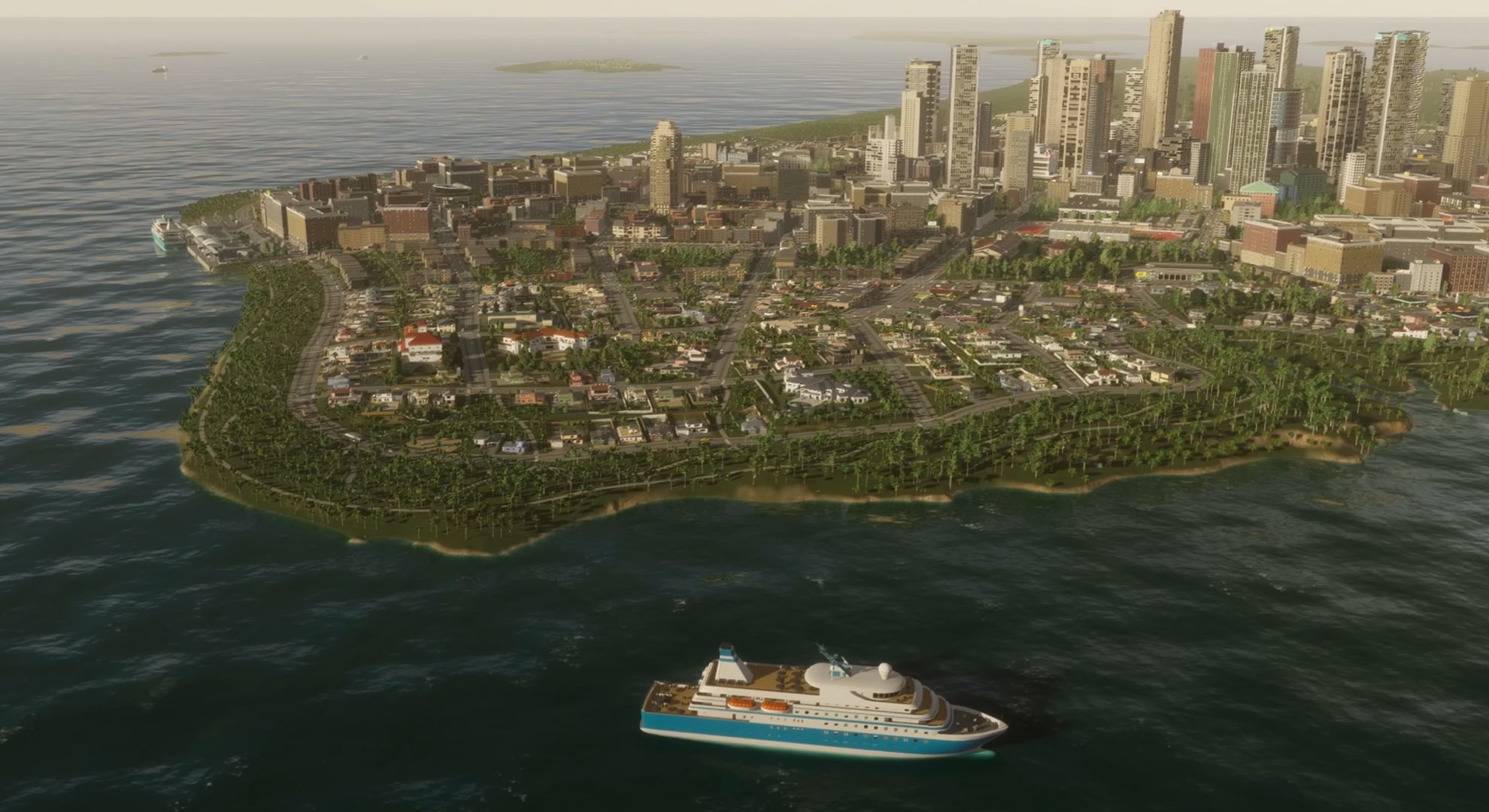
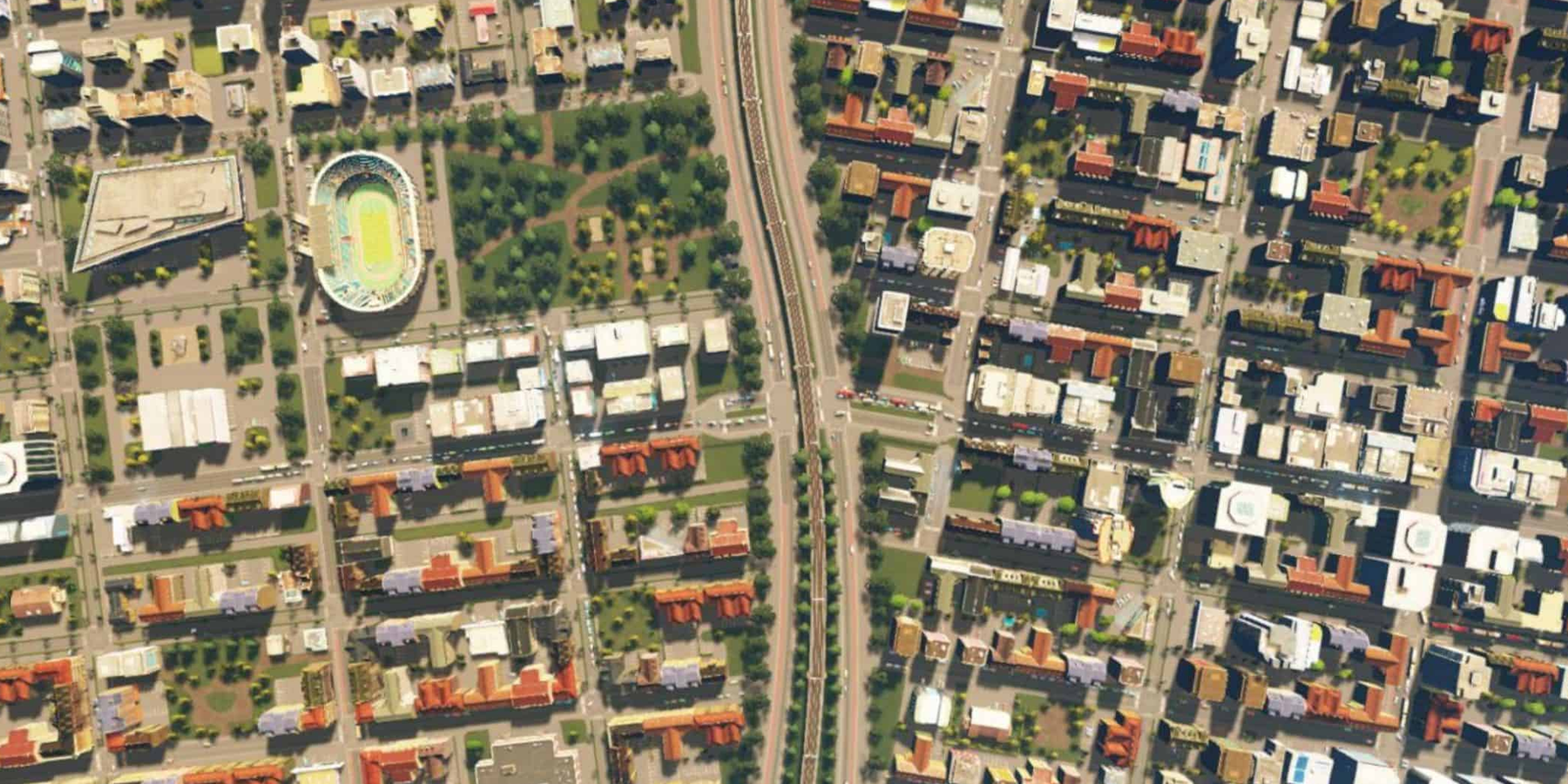
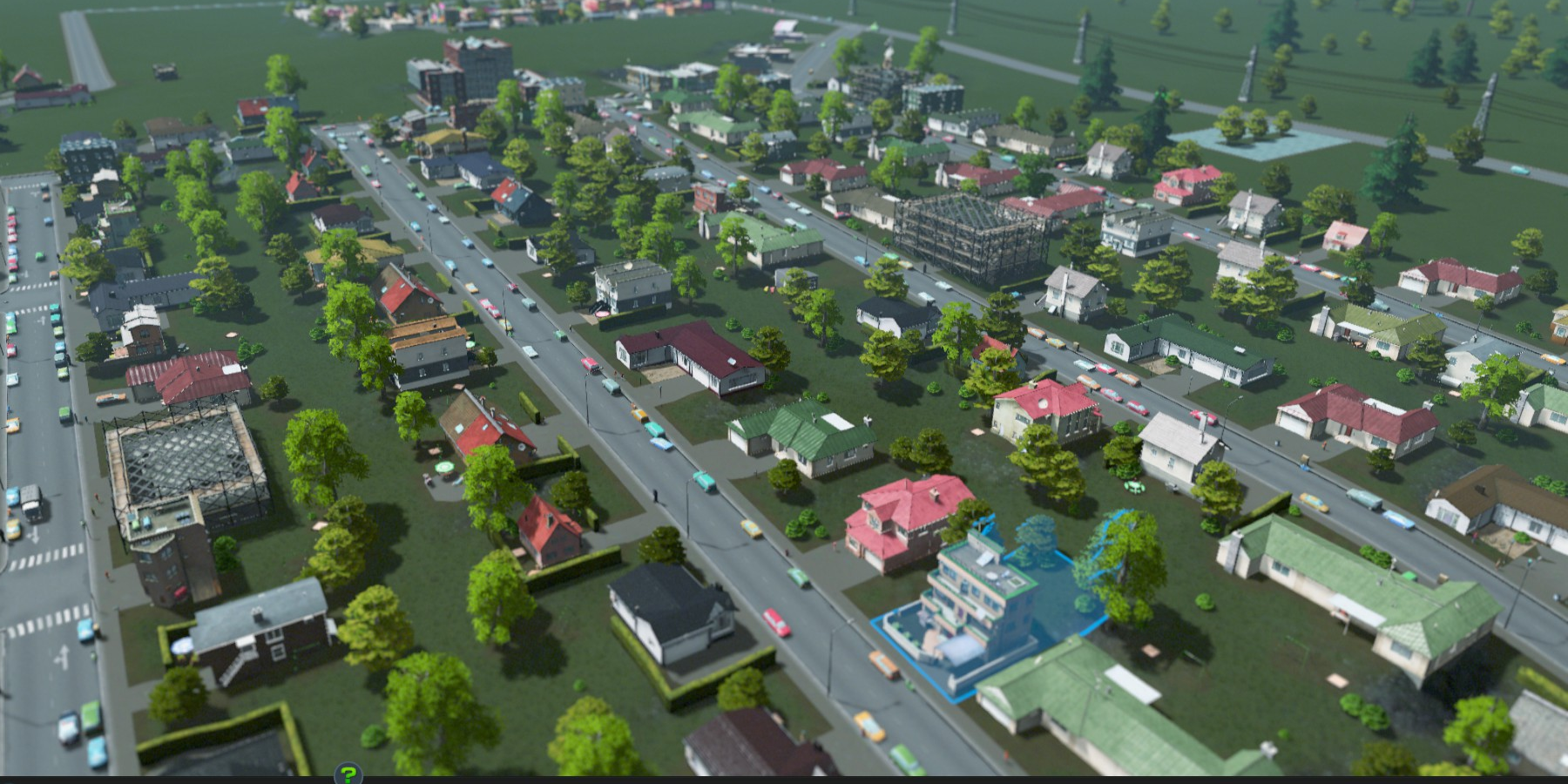
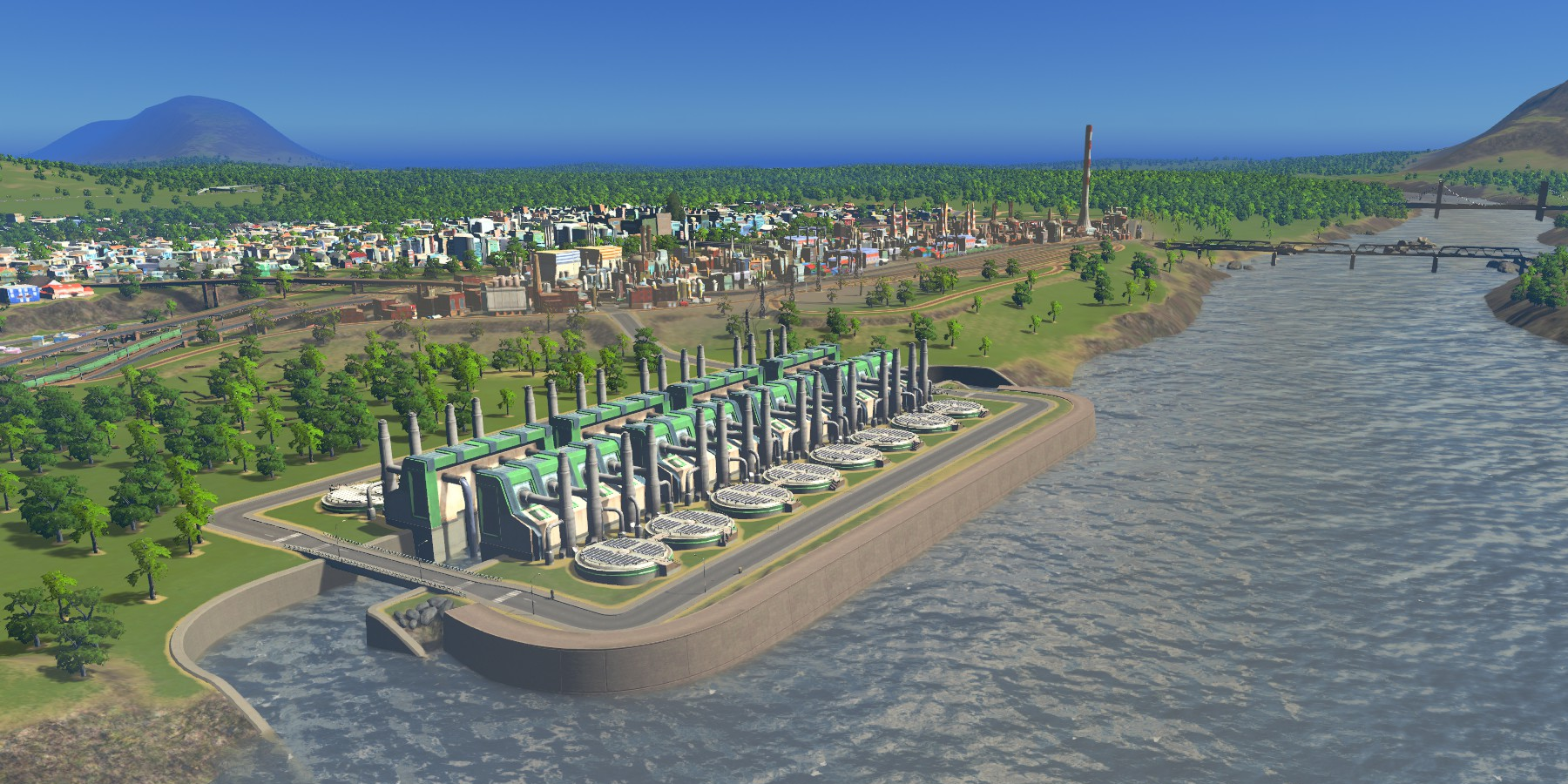
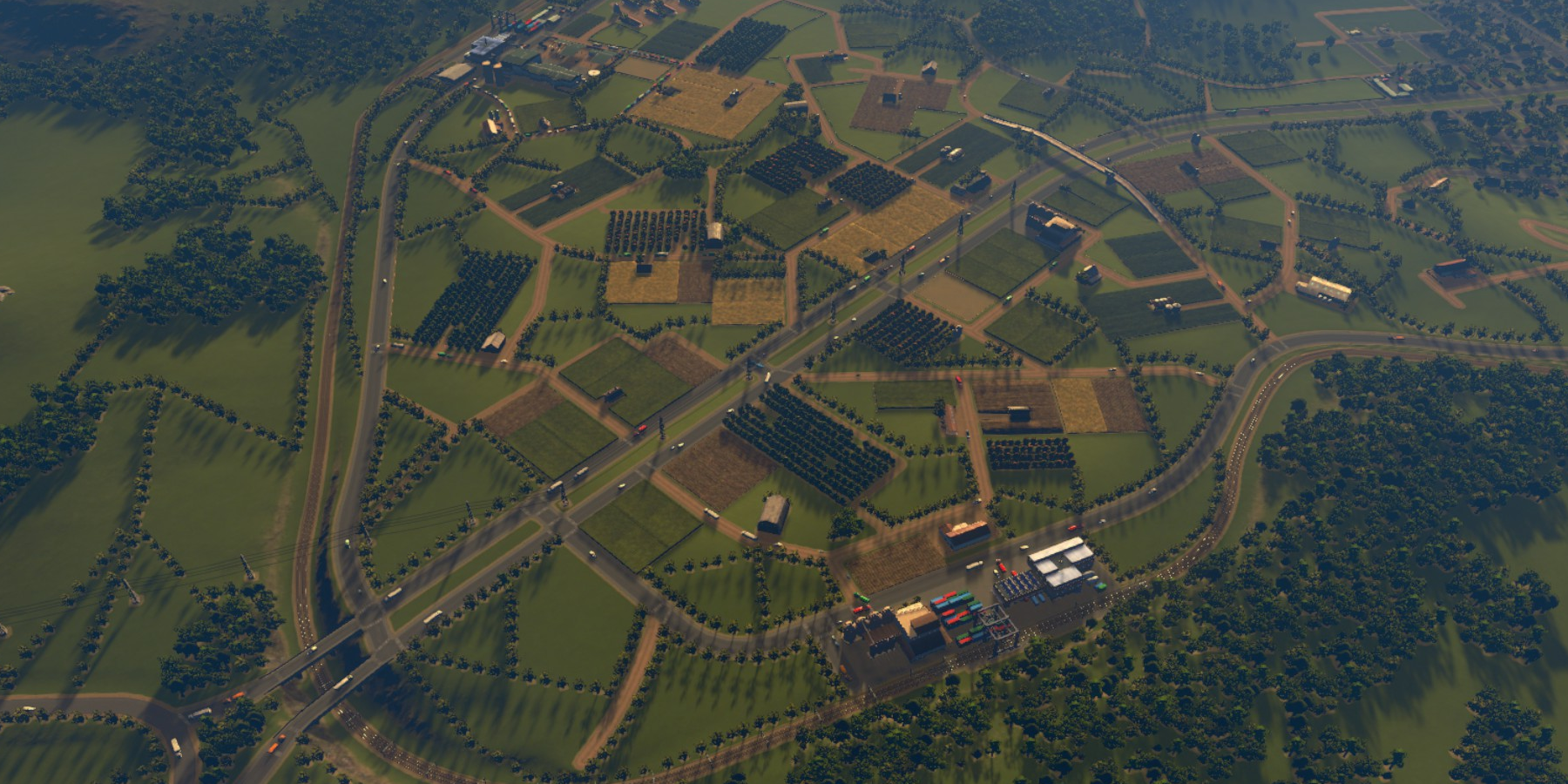
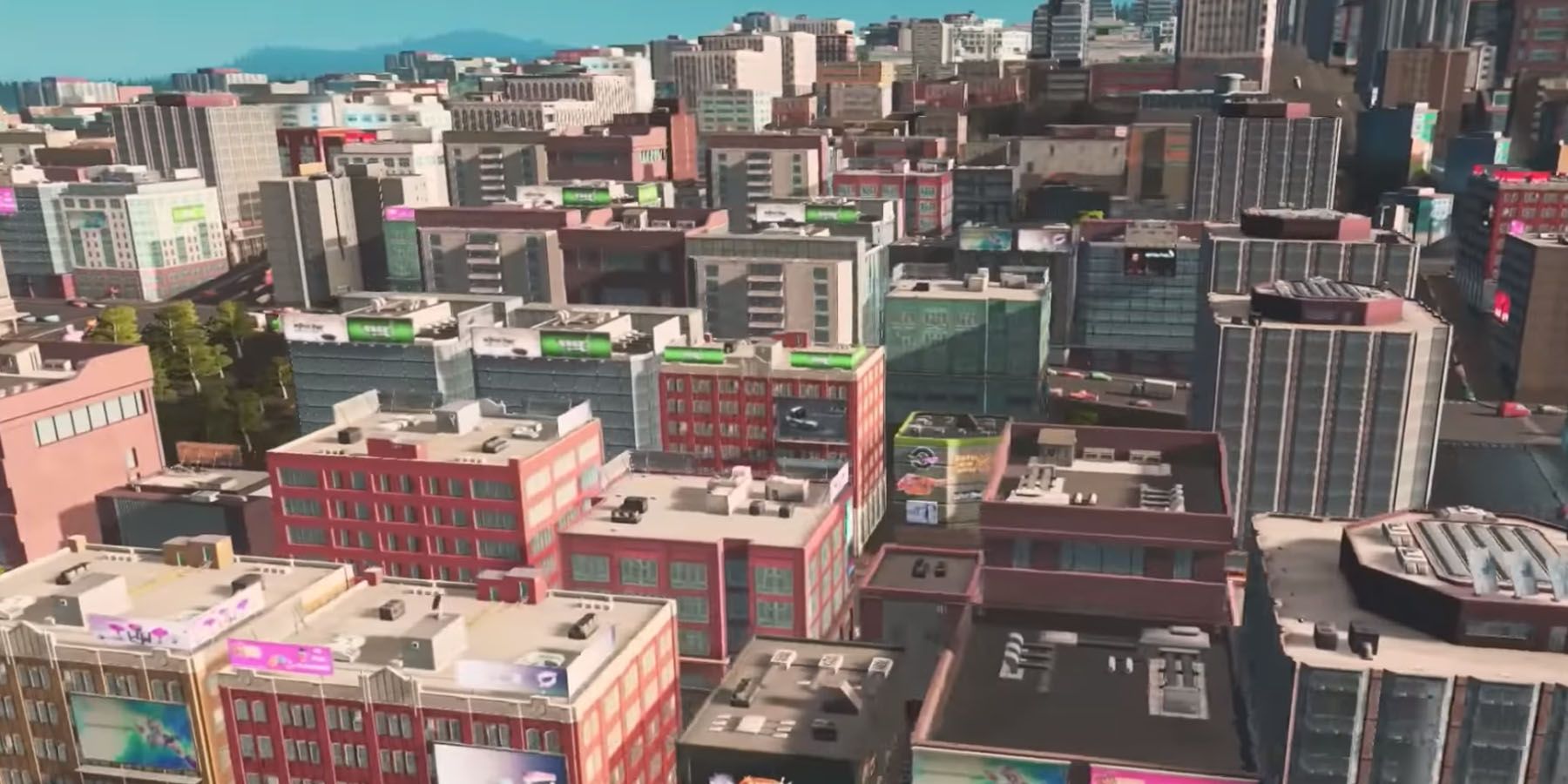
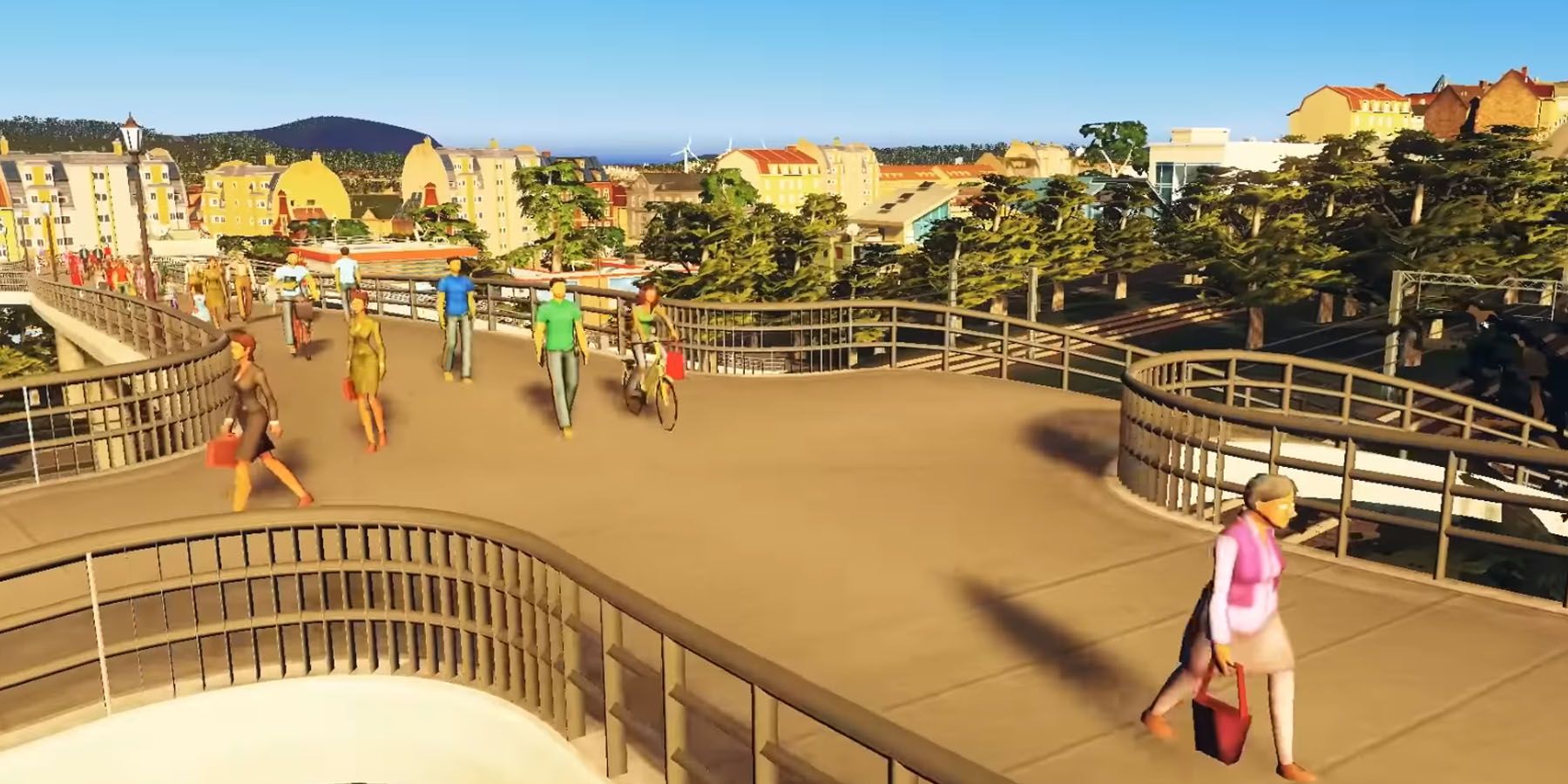
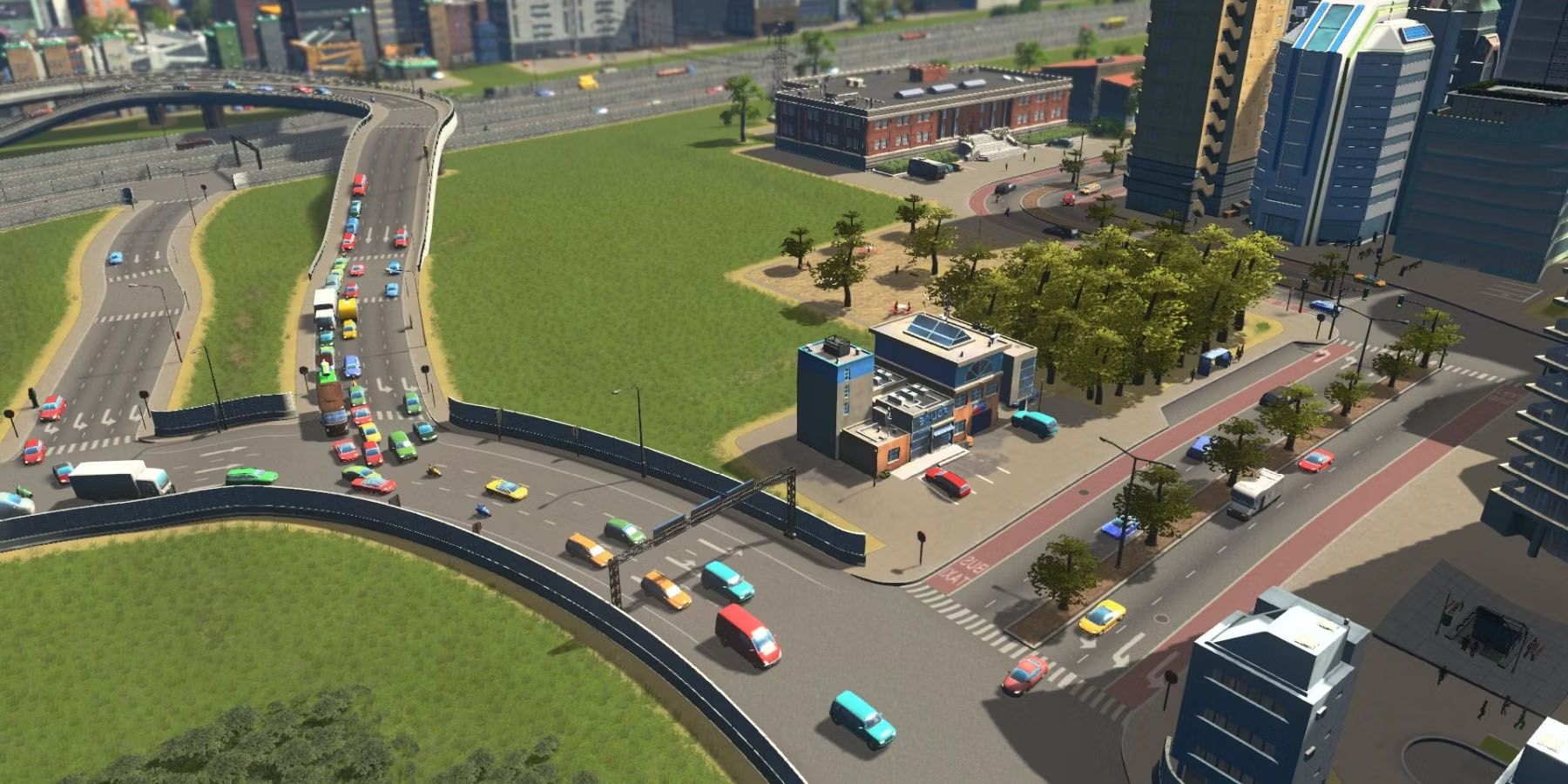



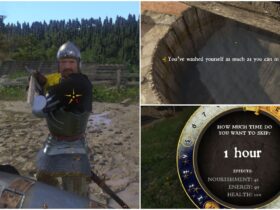






Leave a Reply